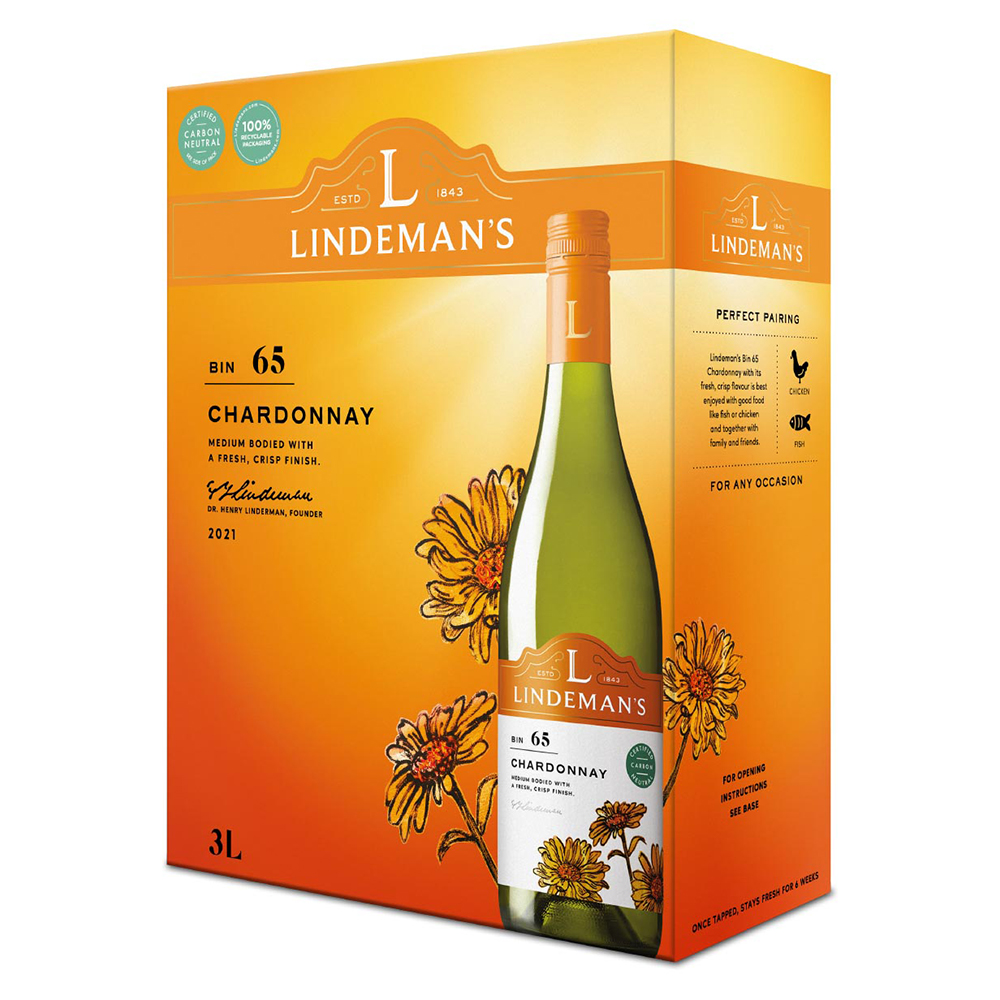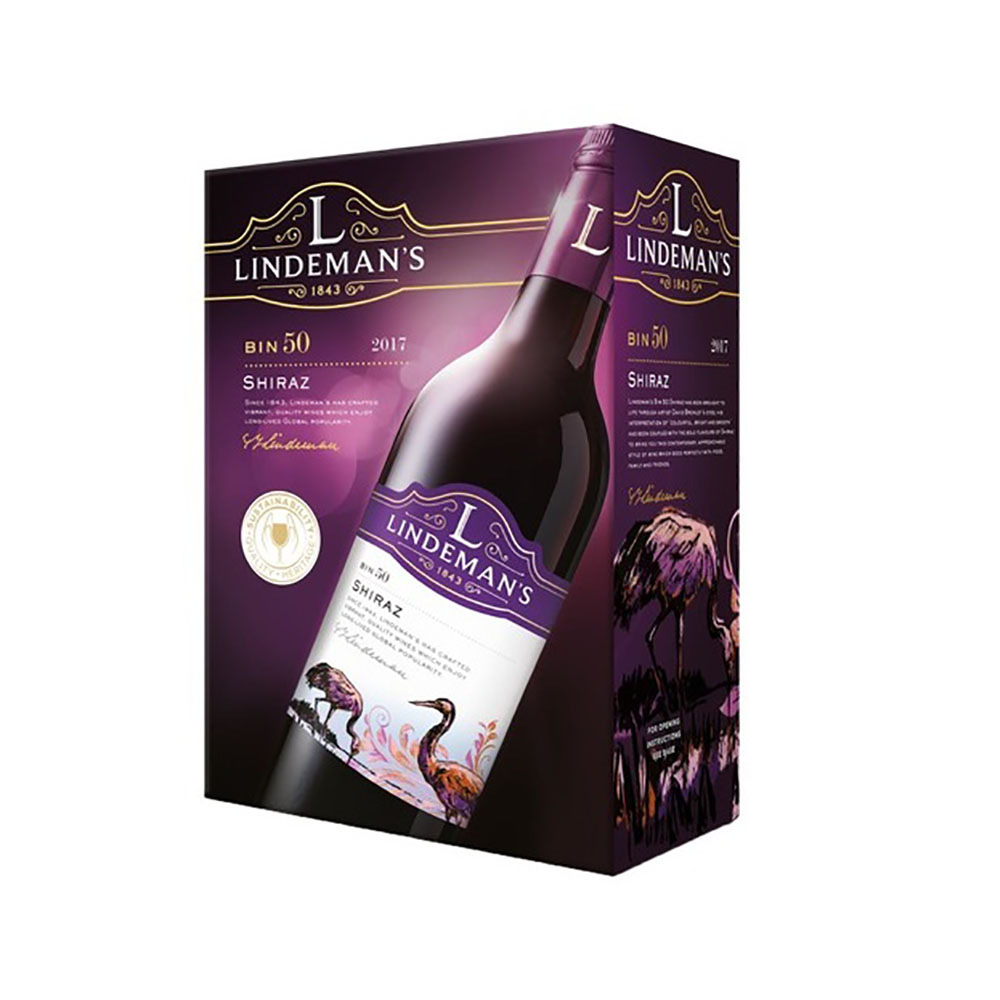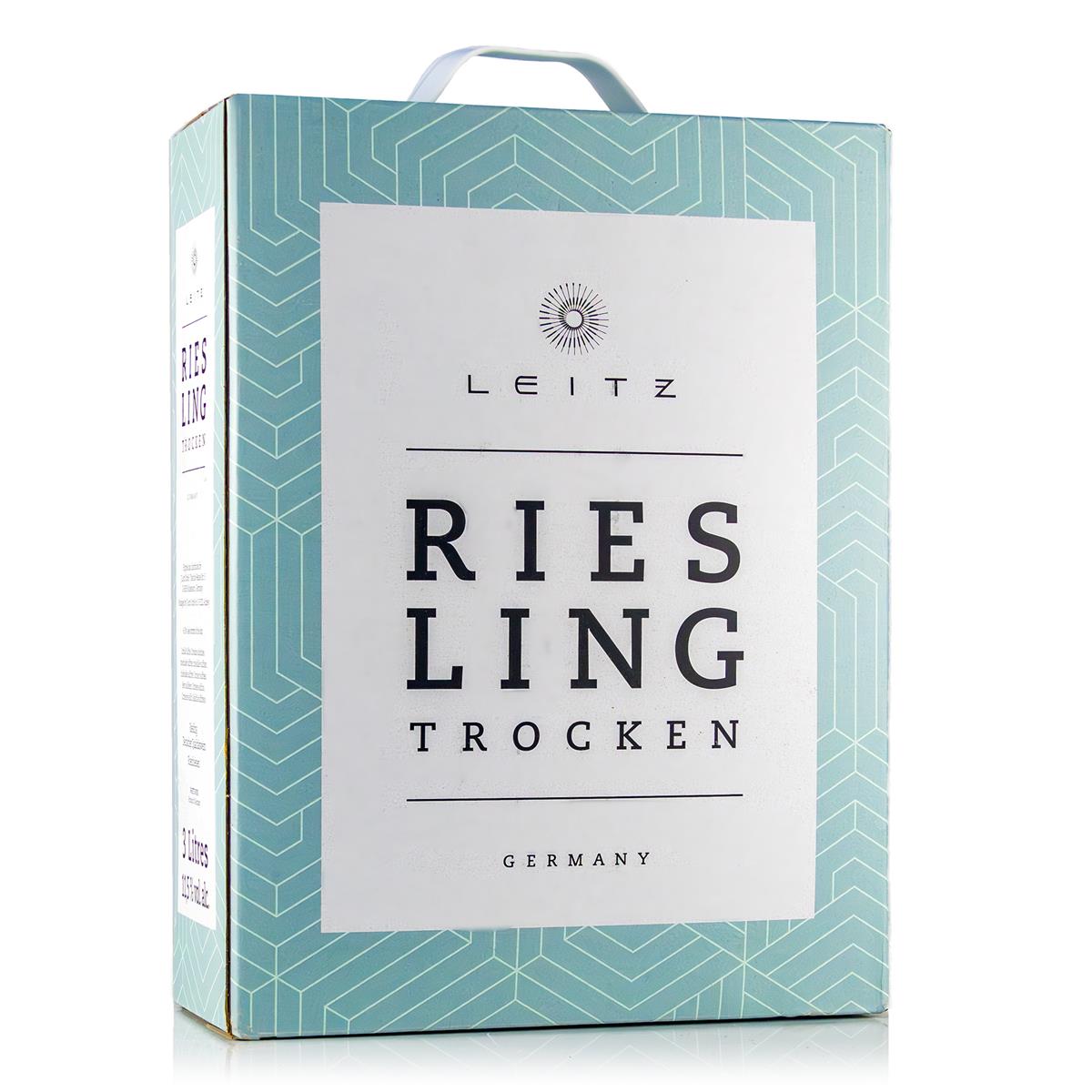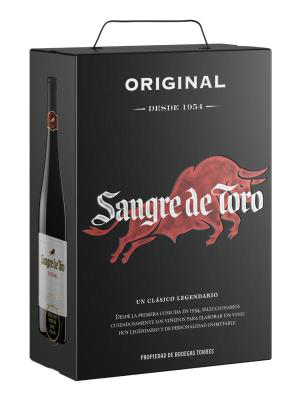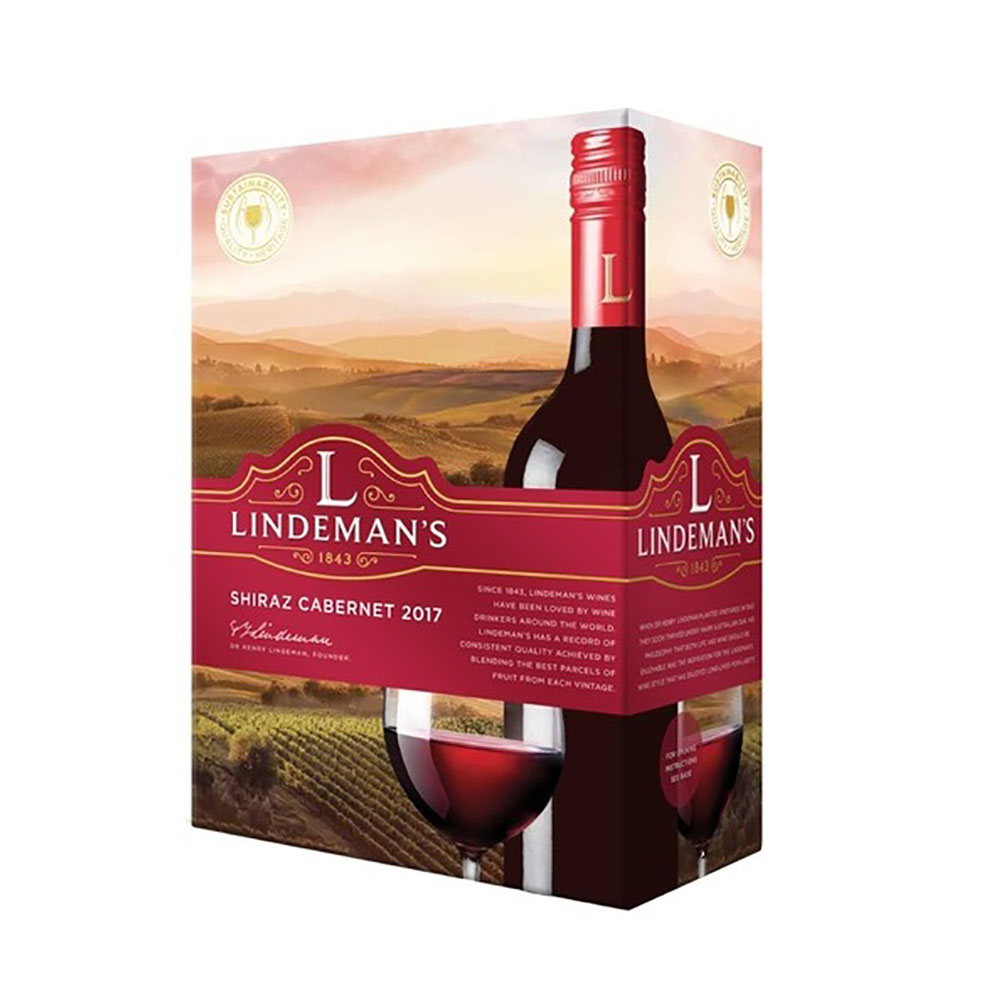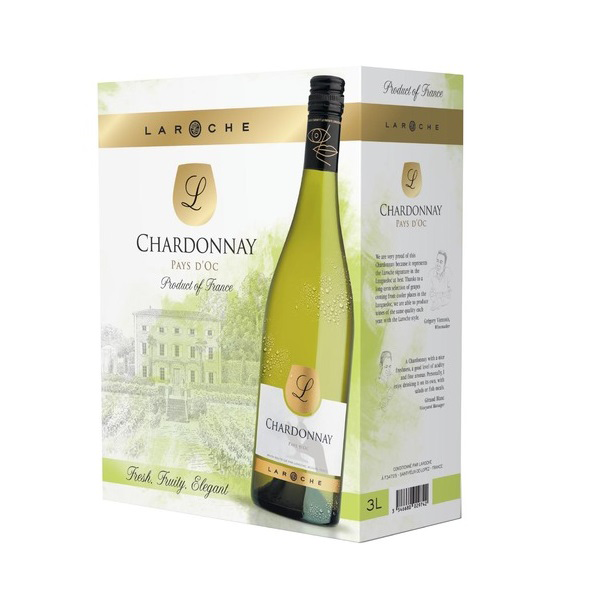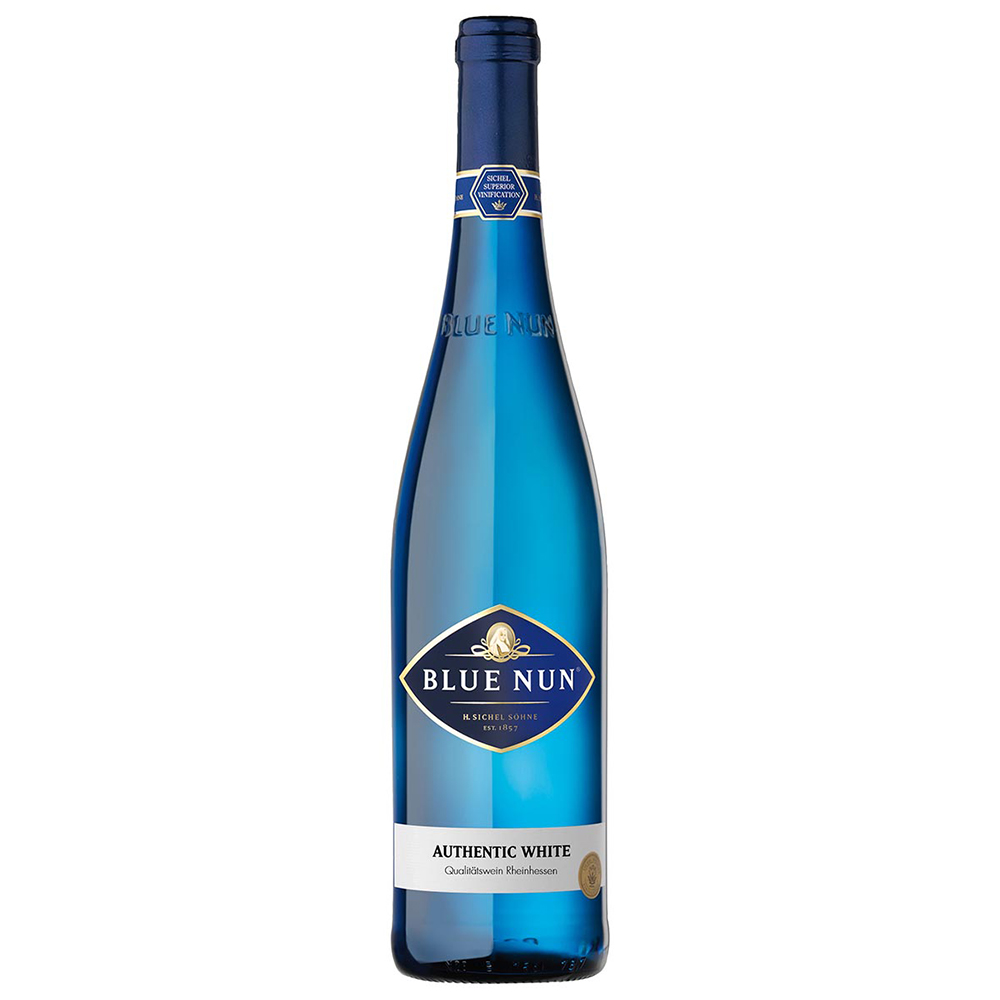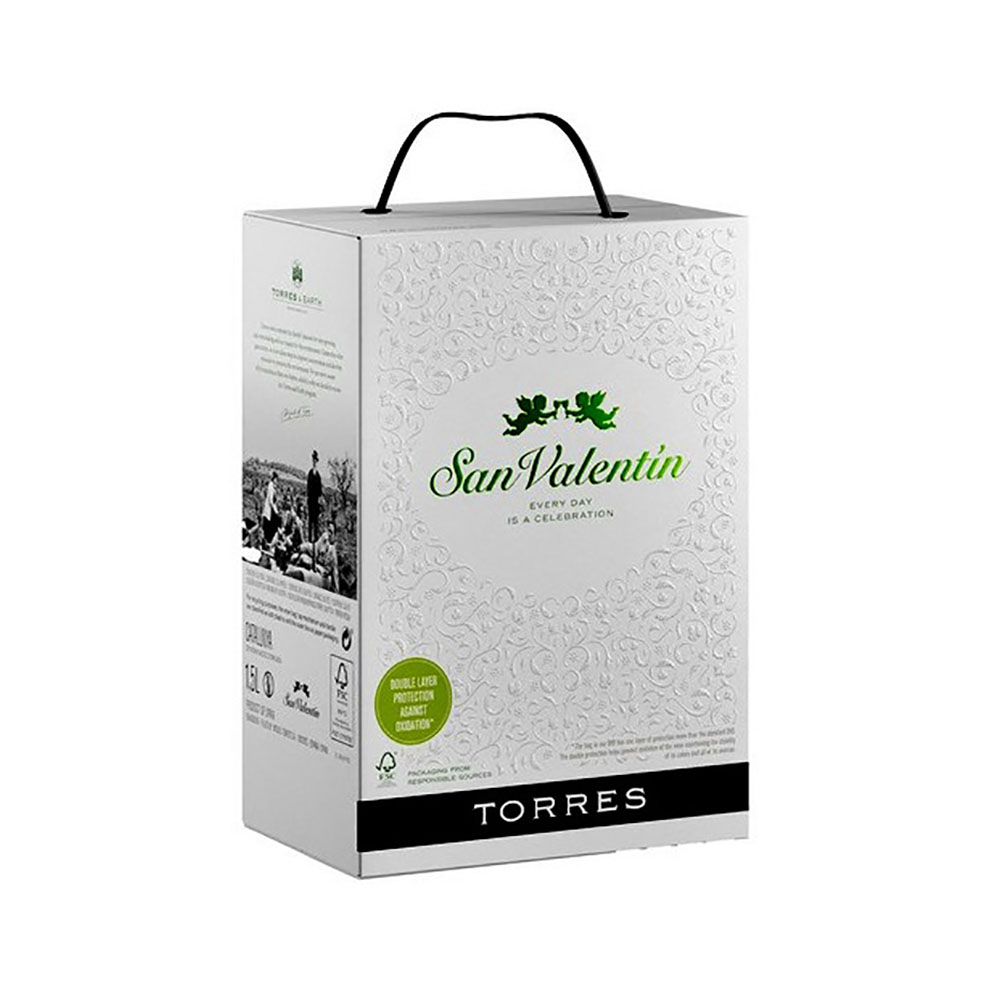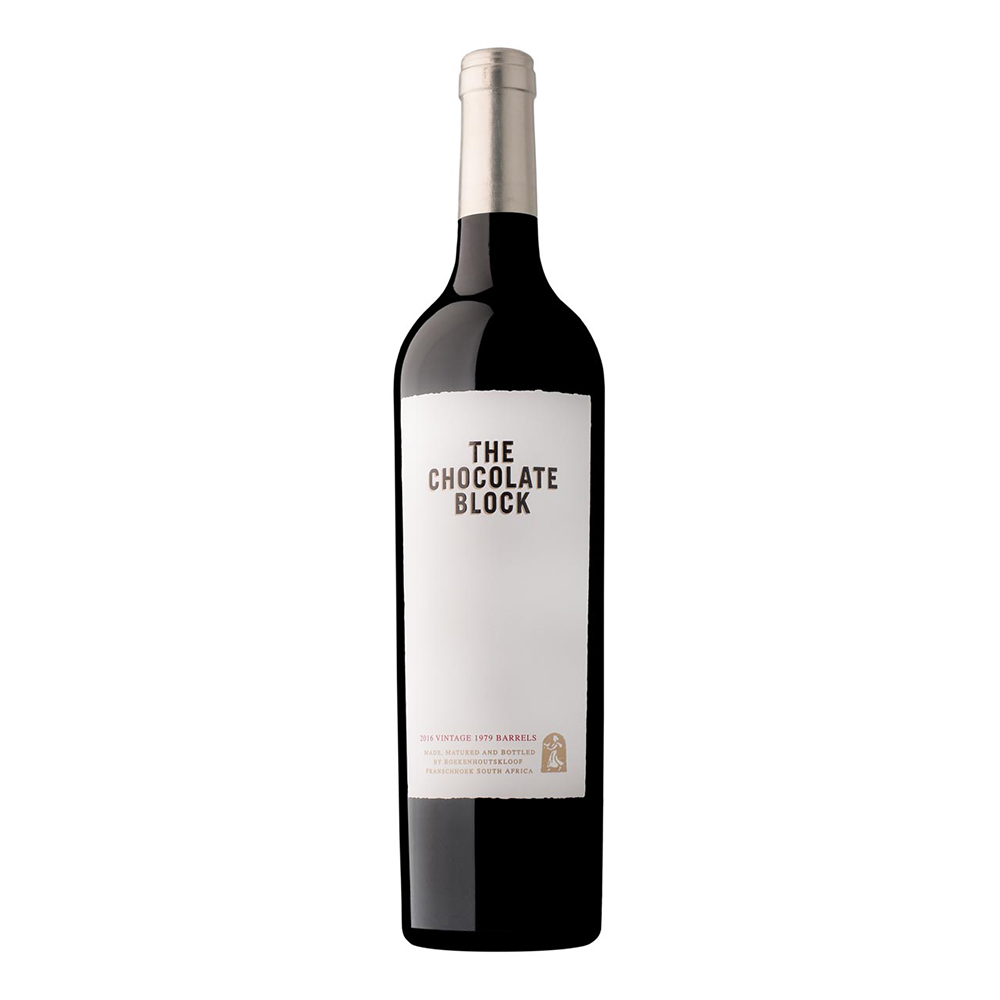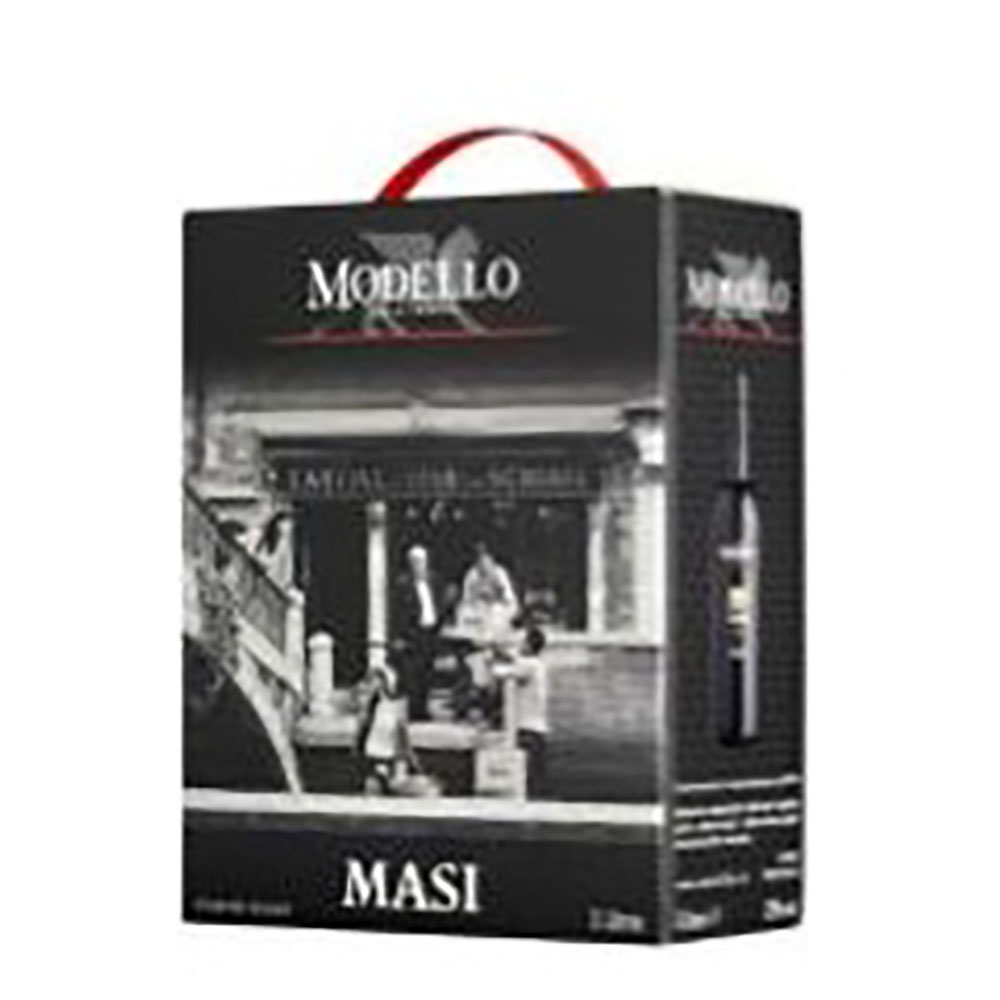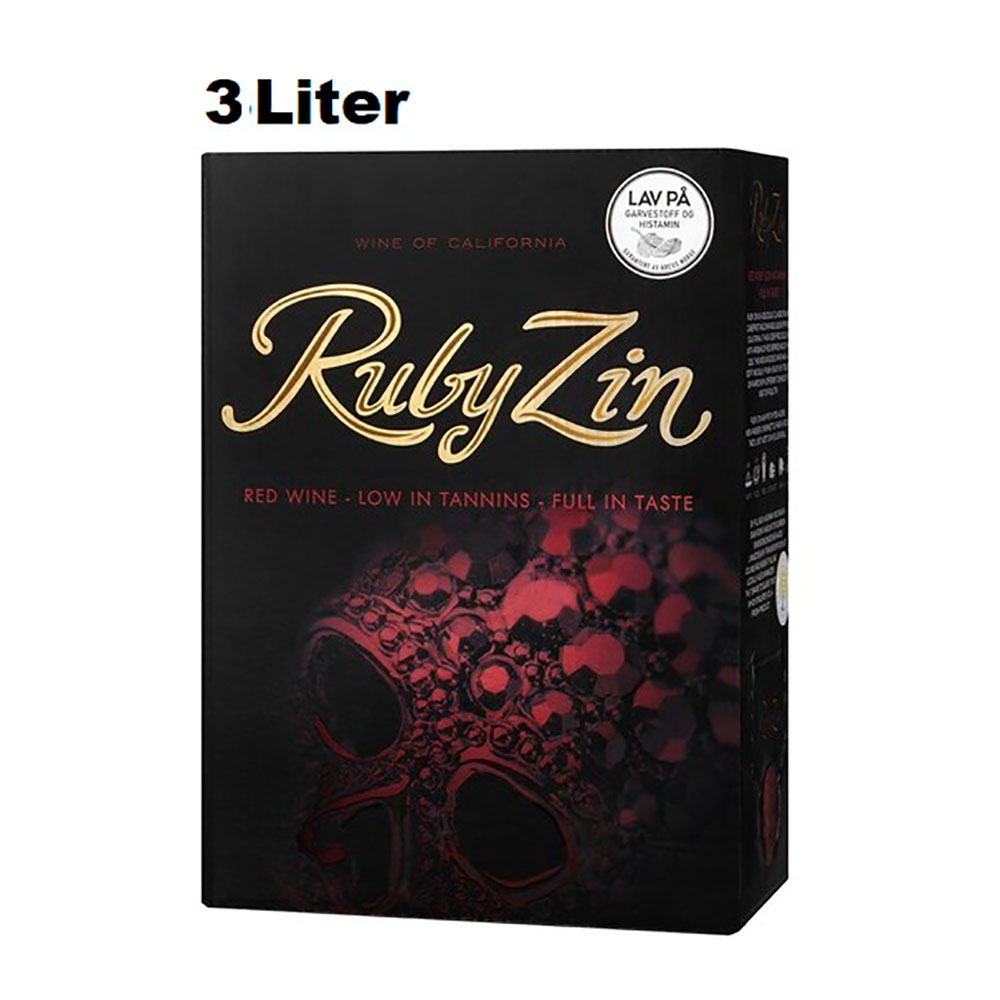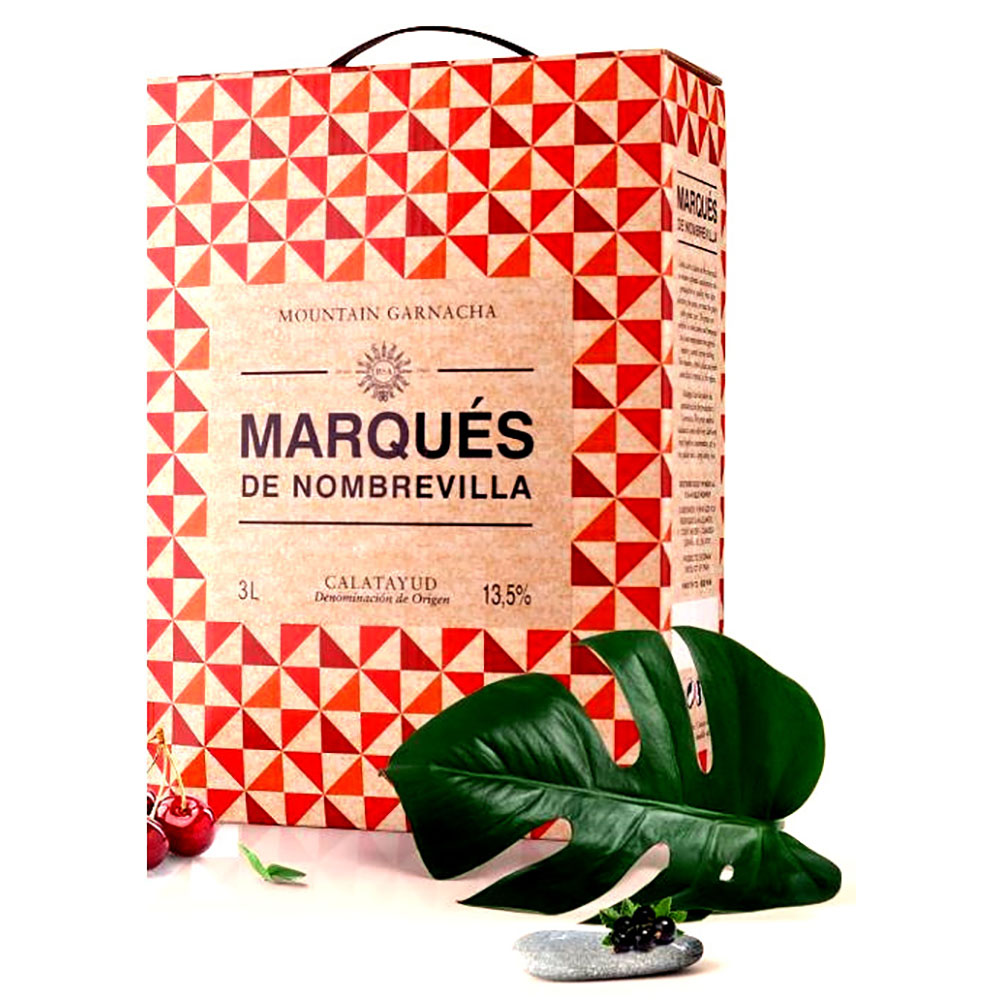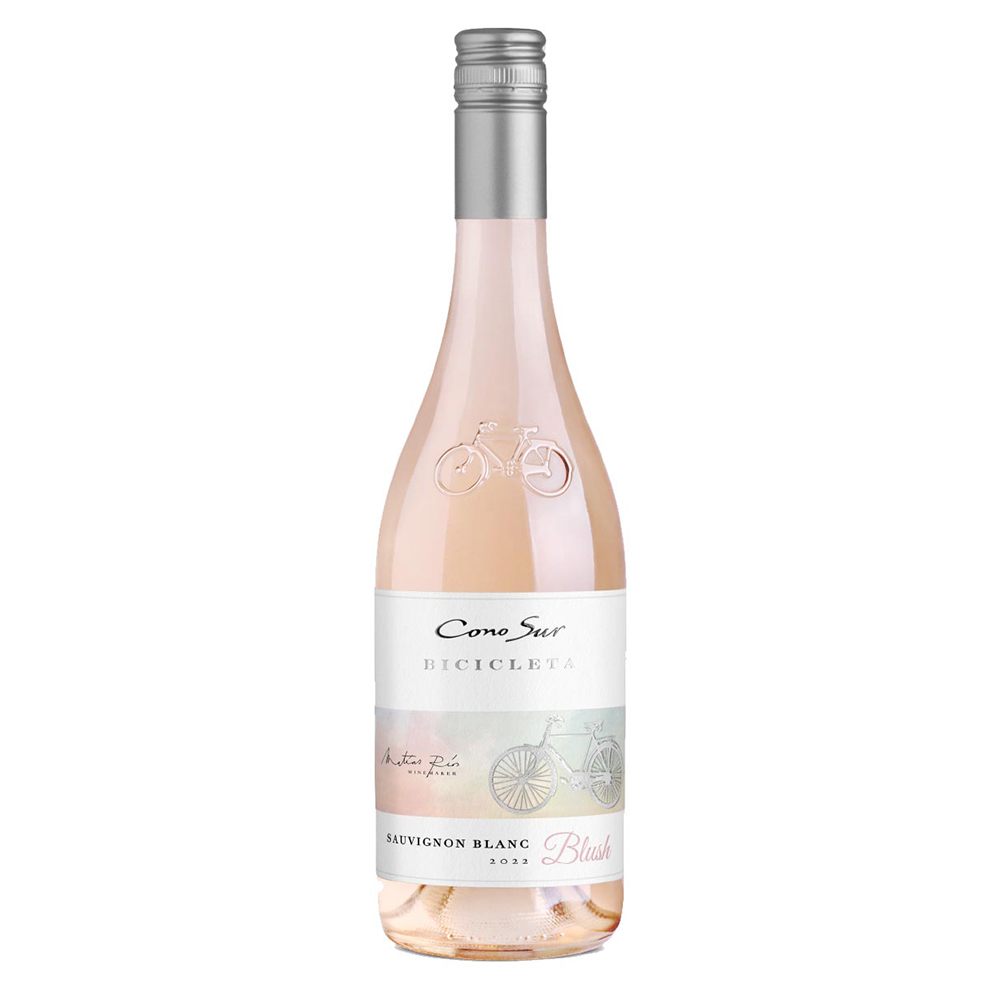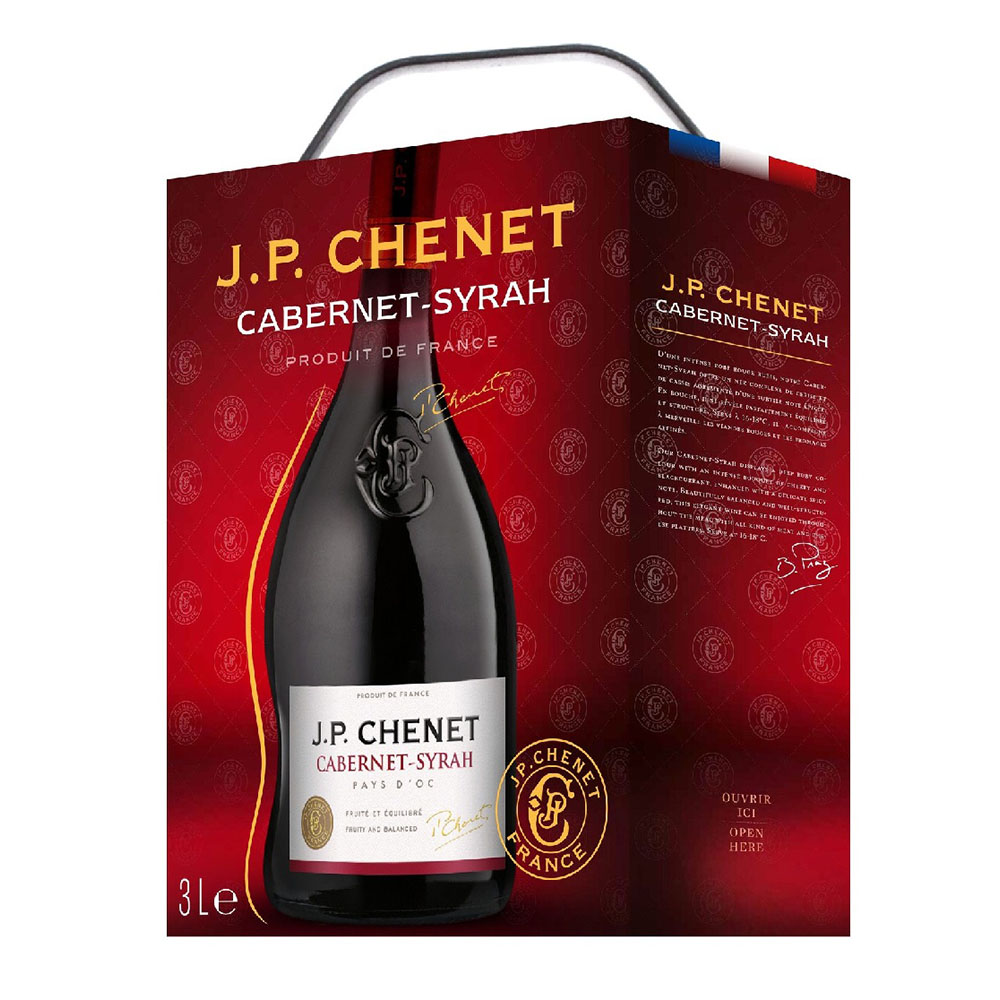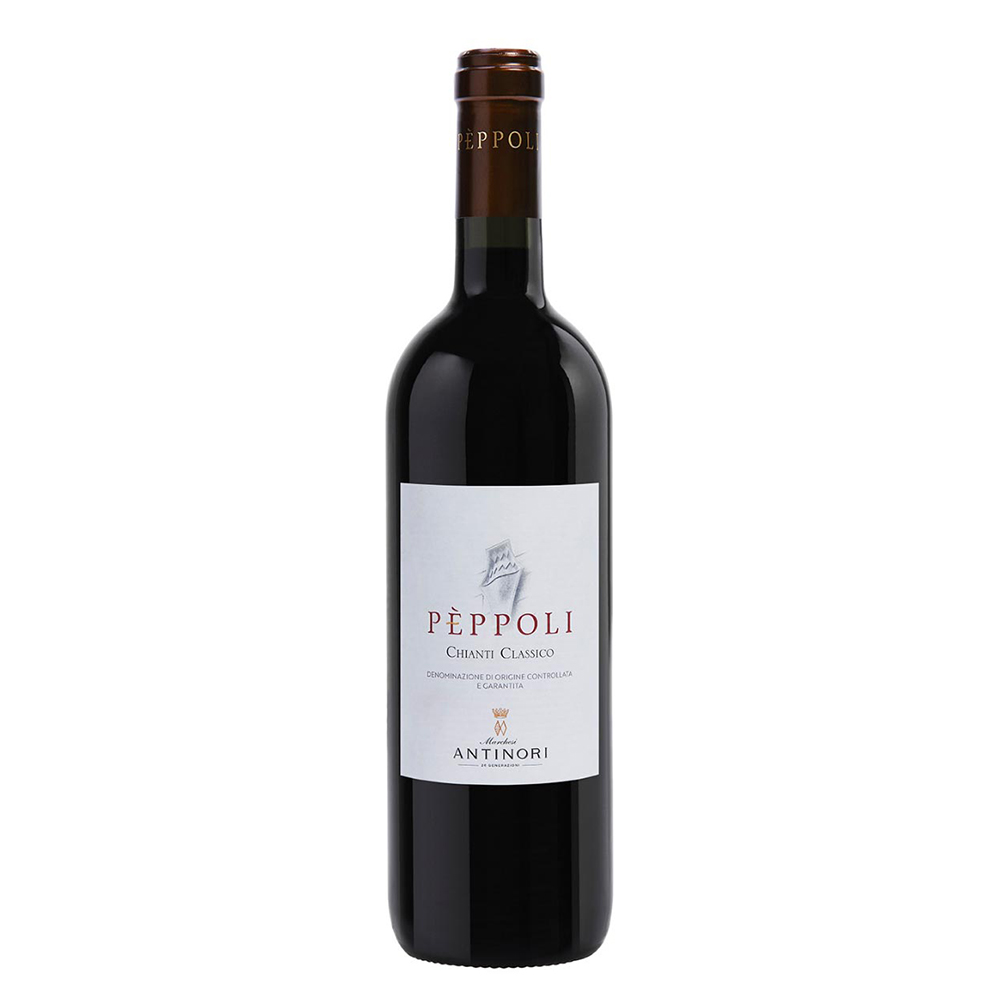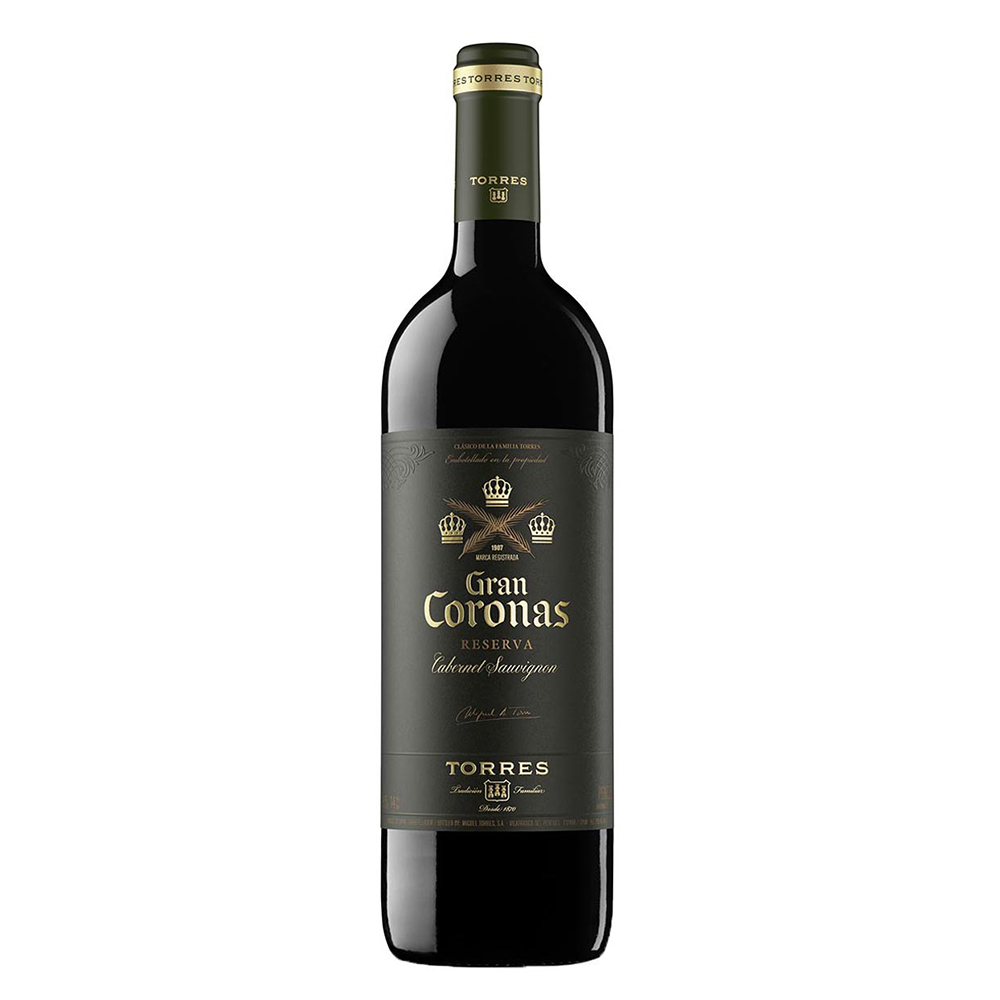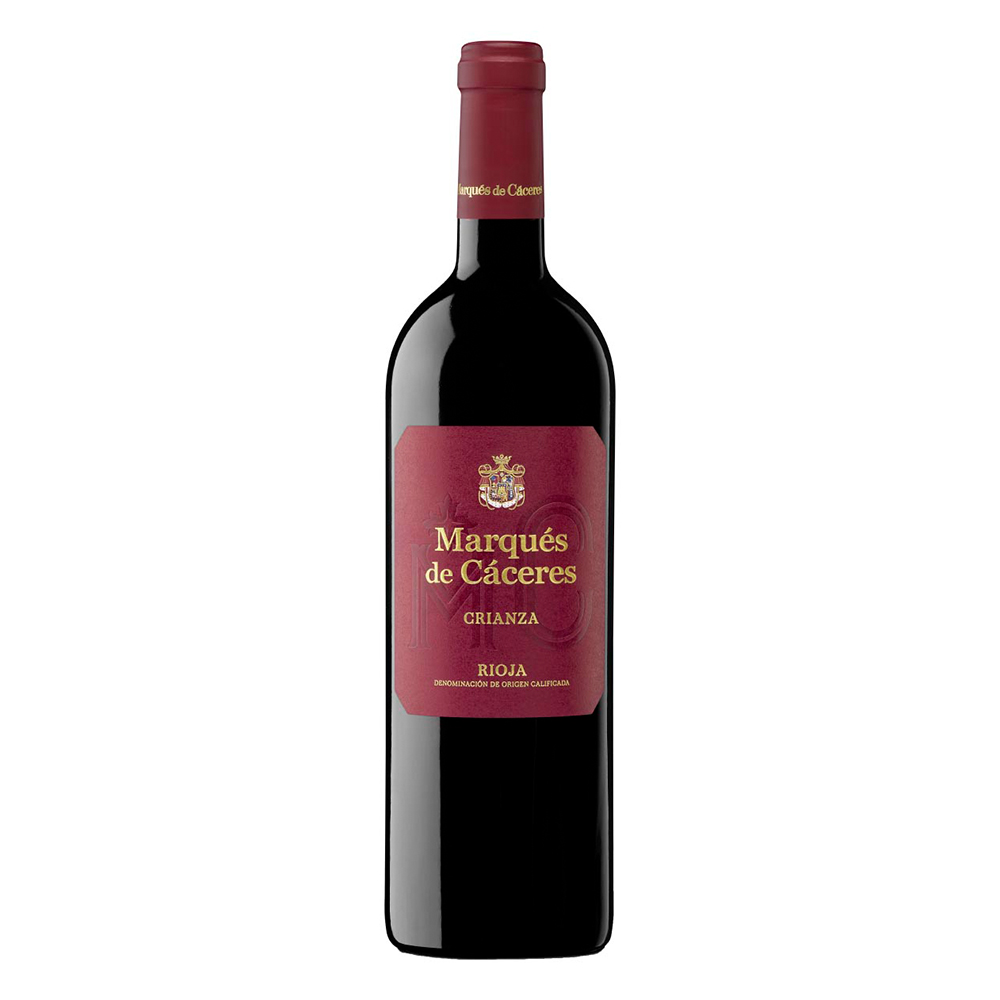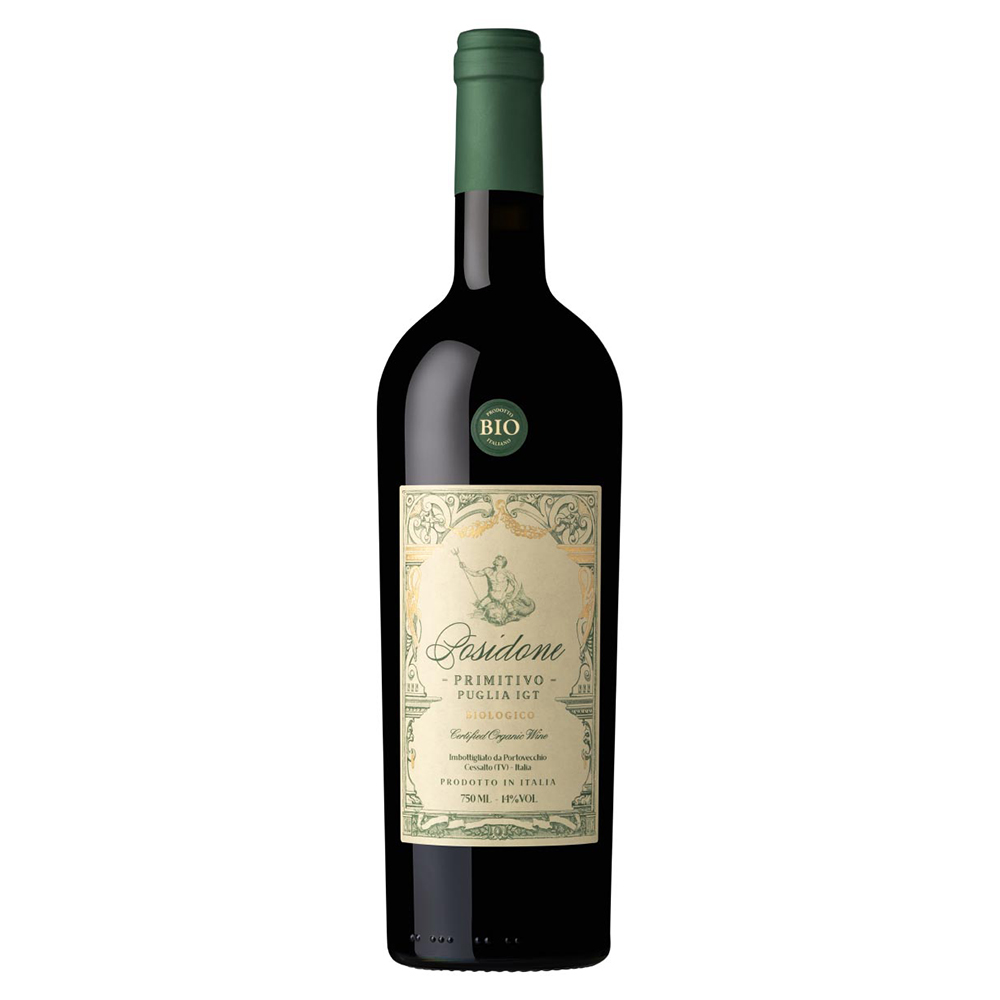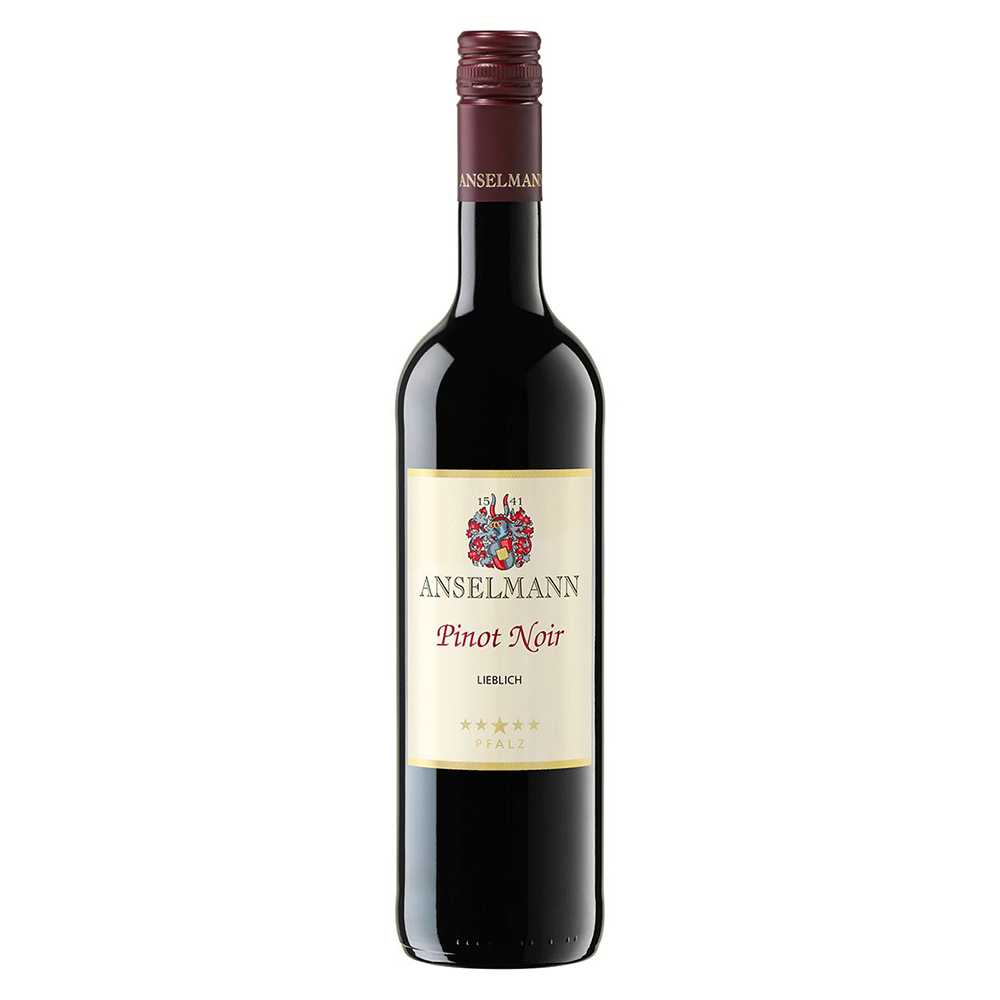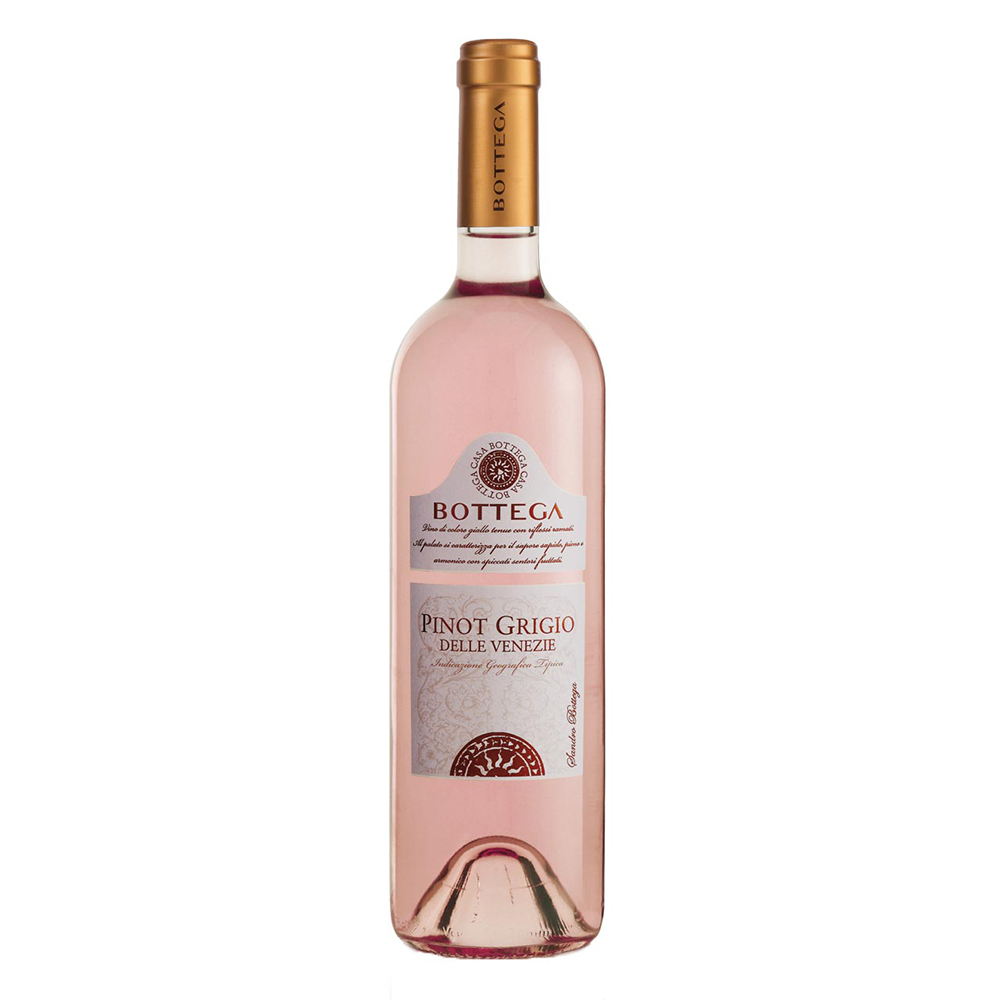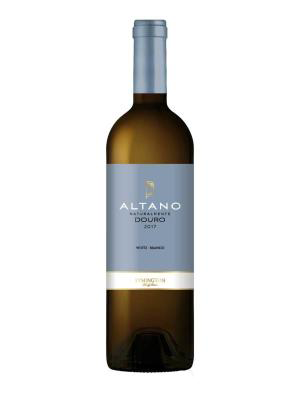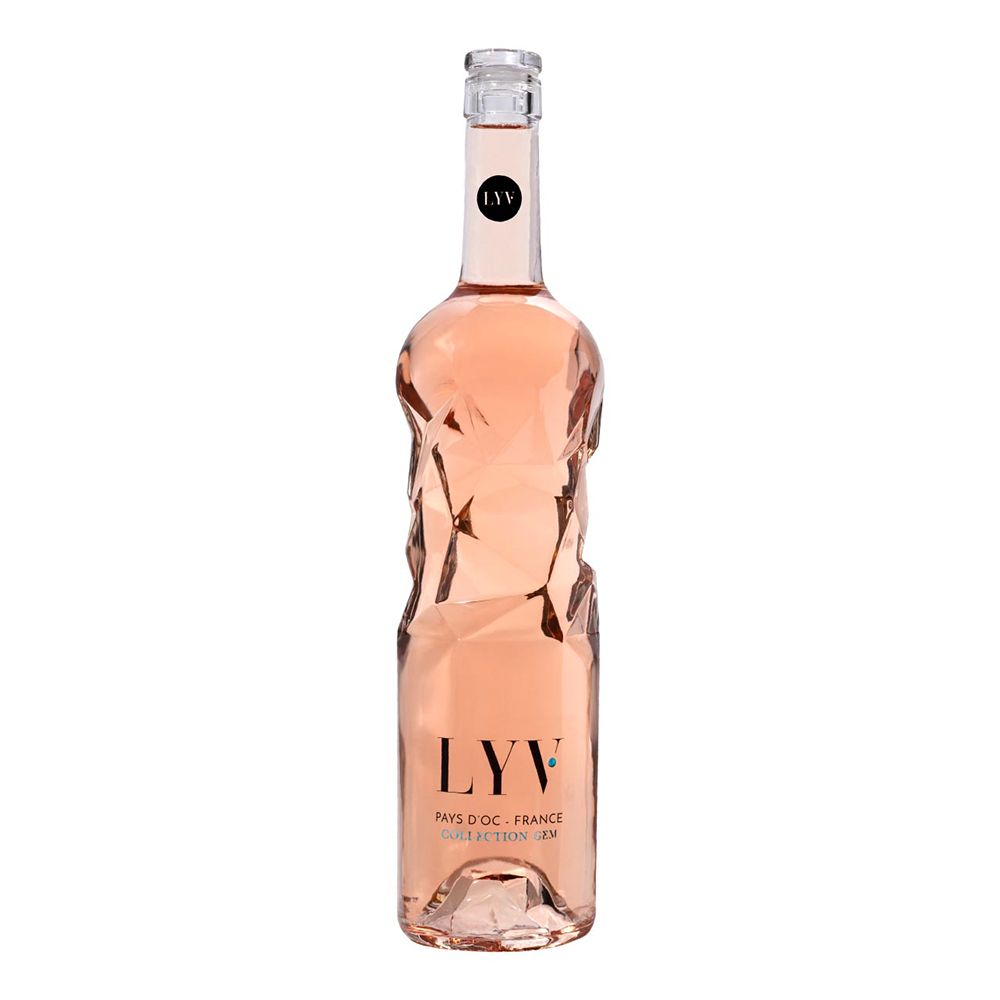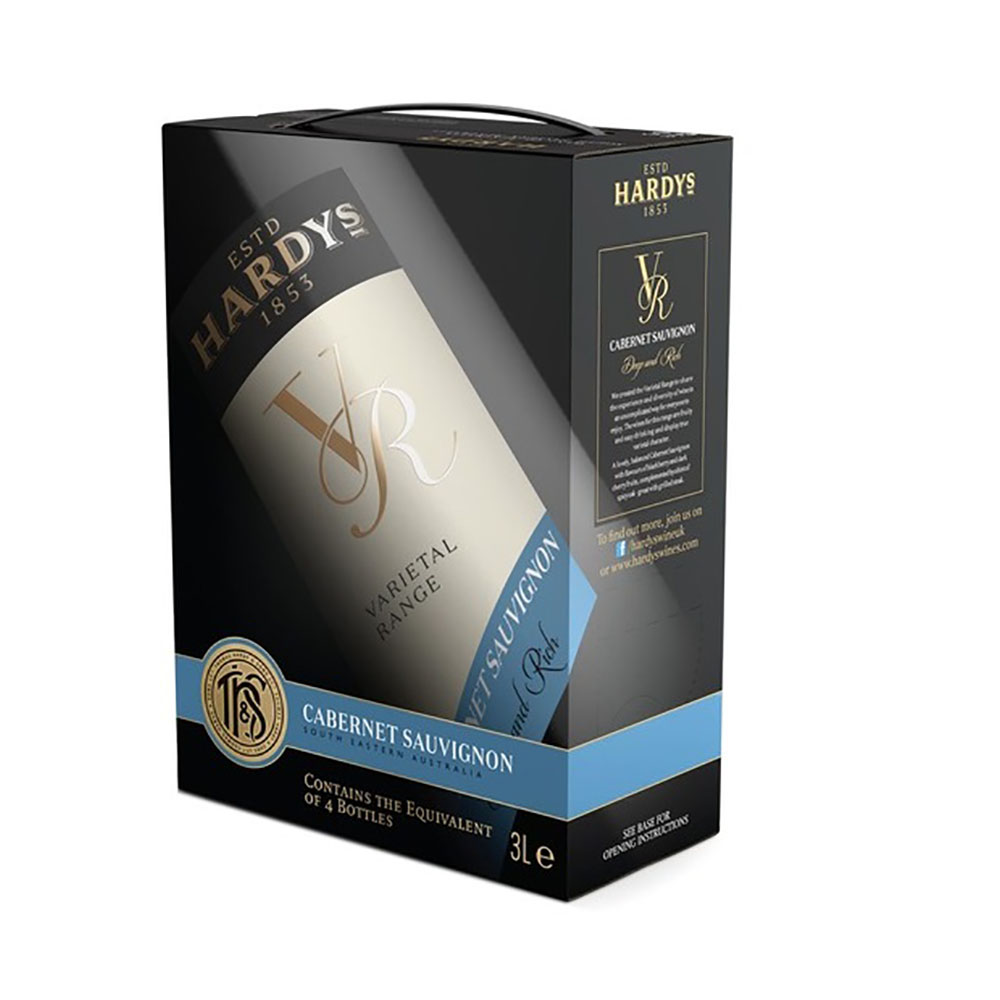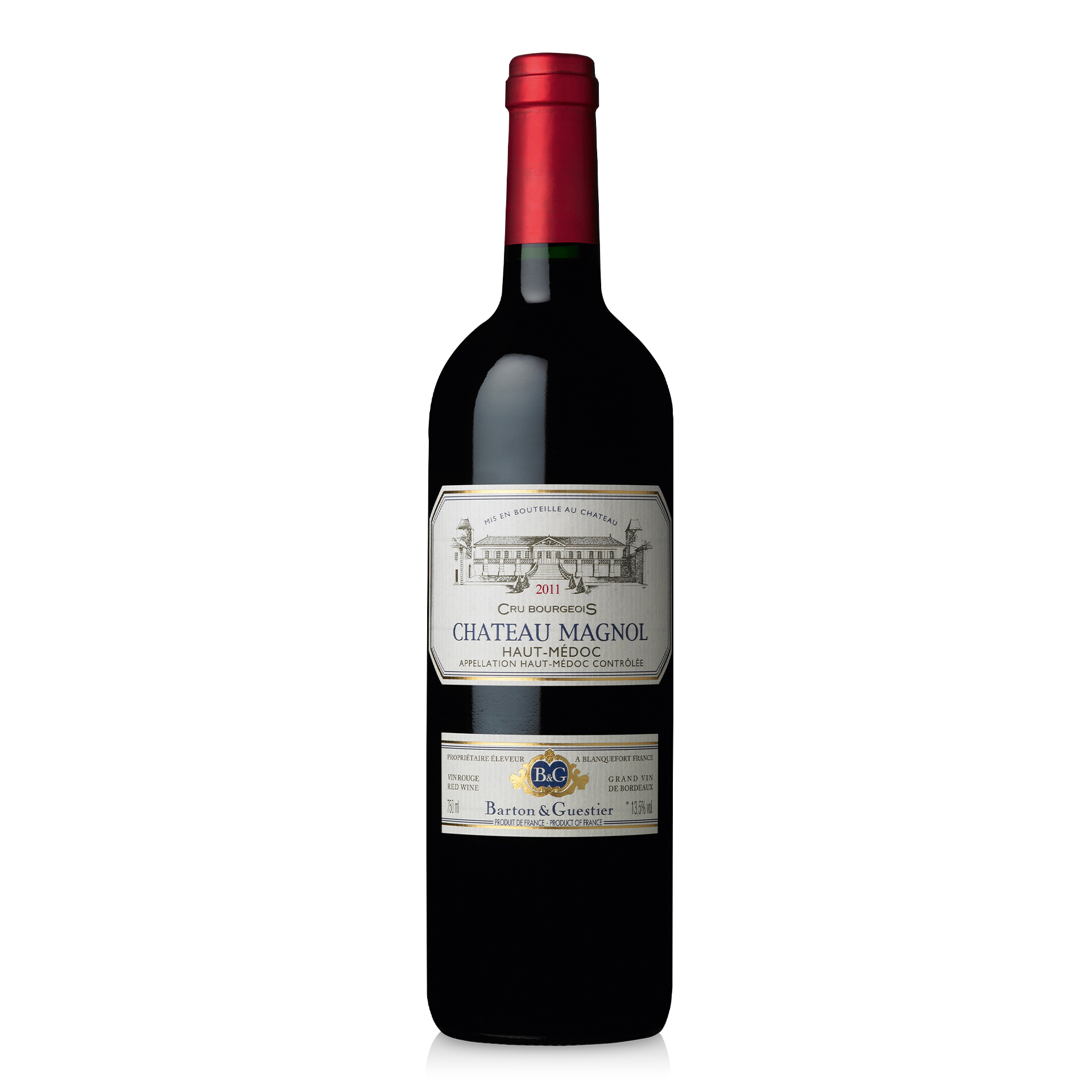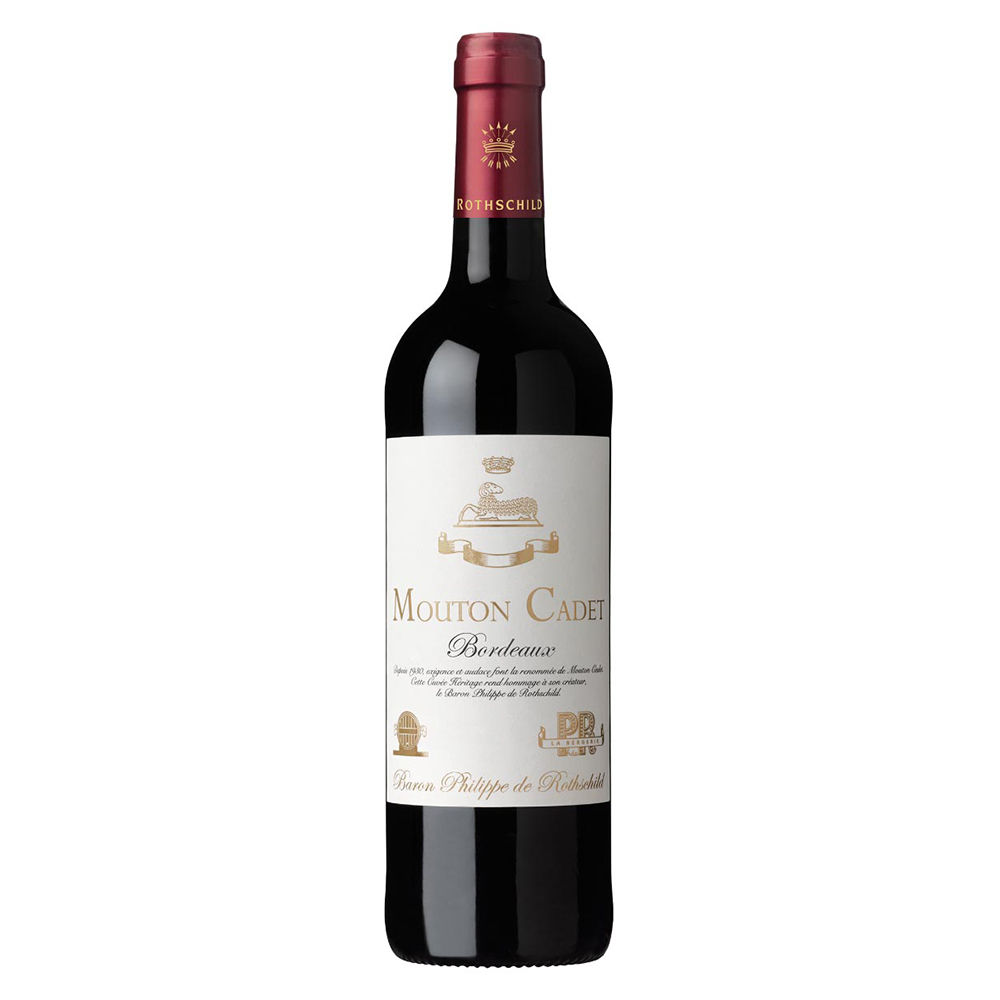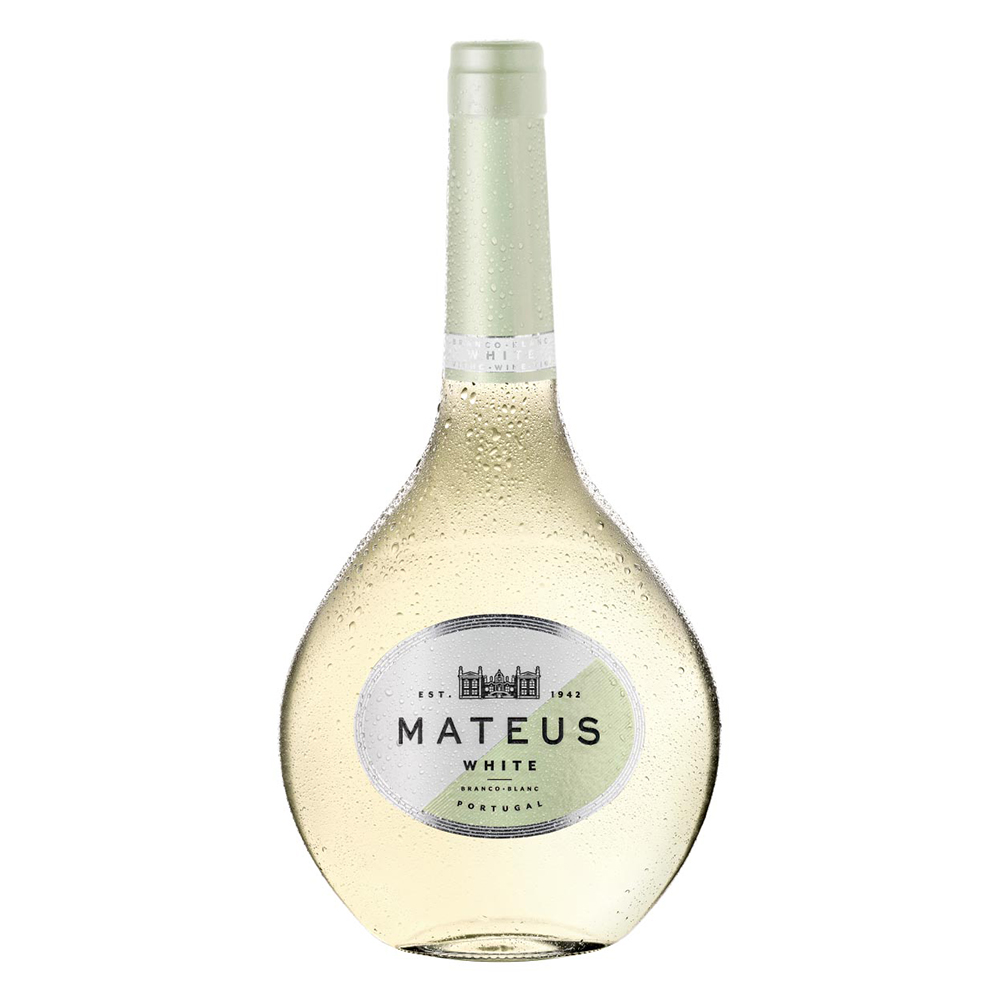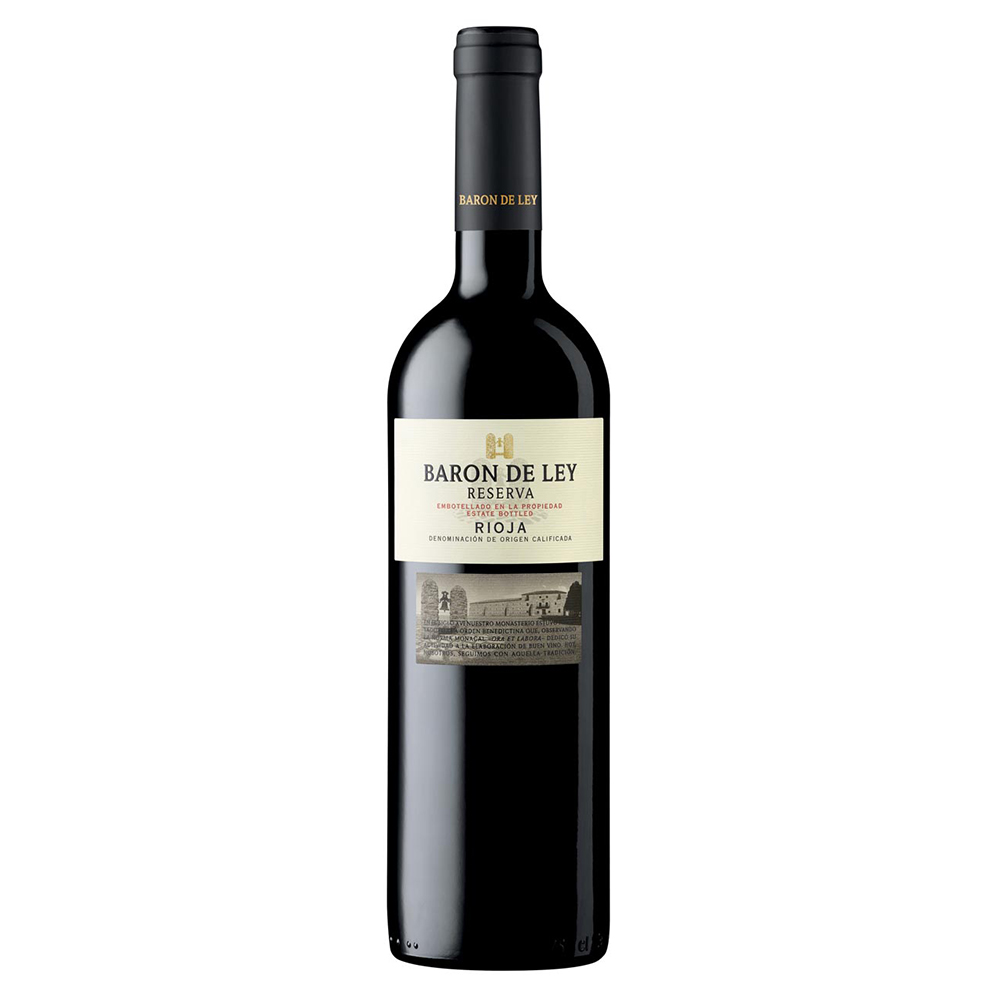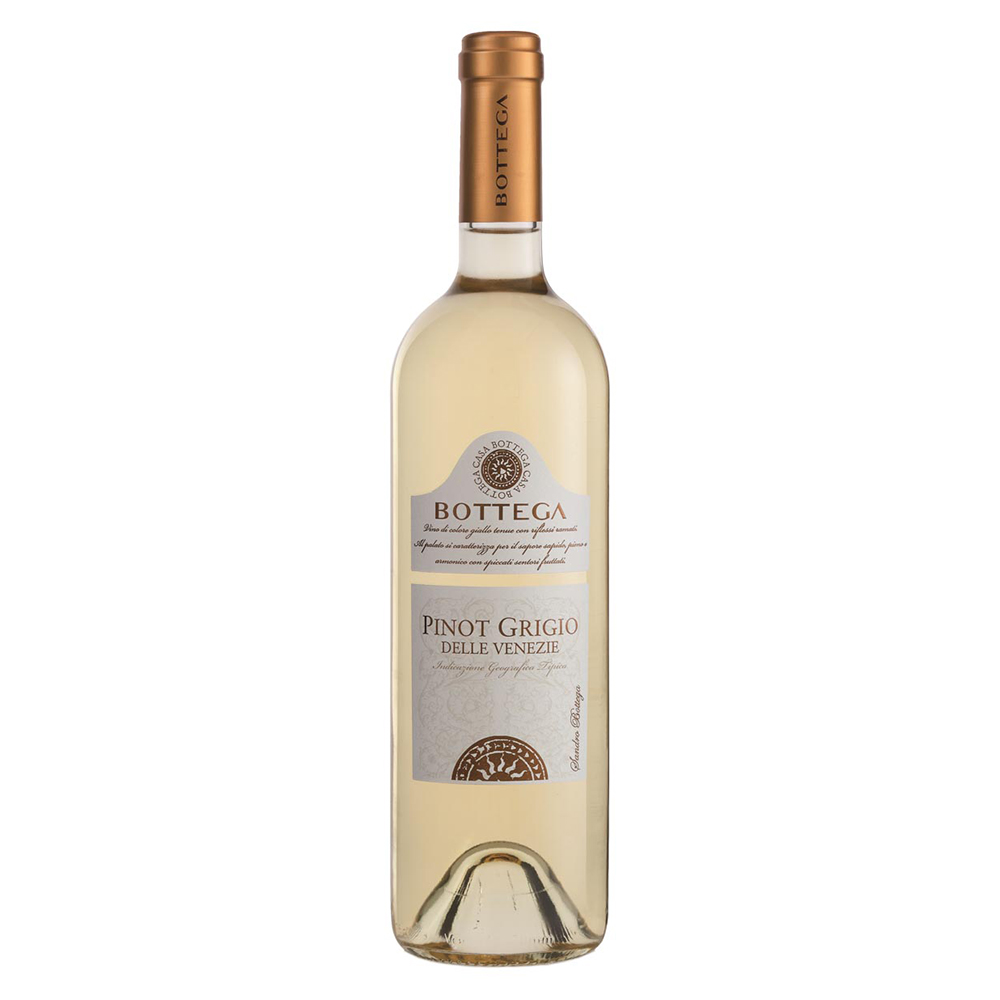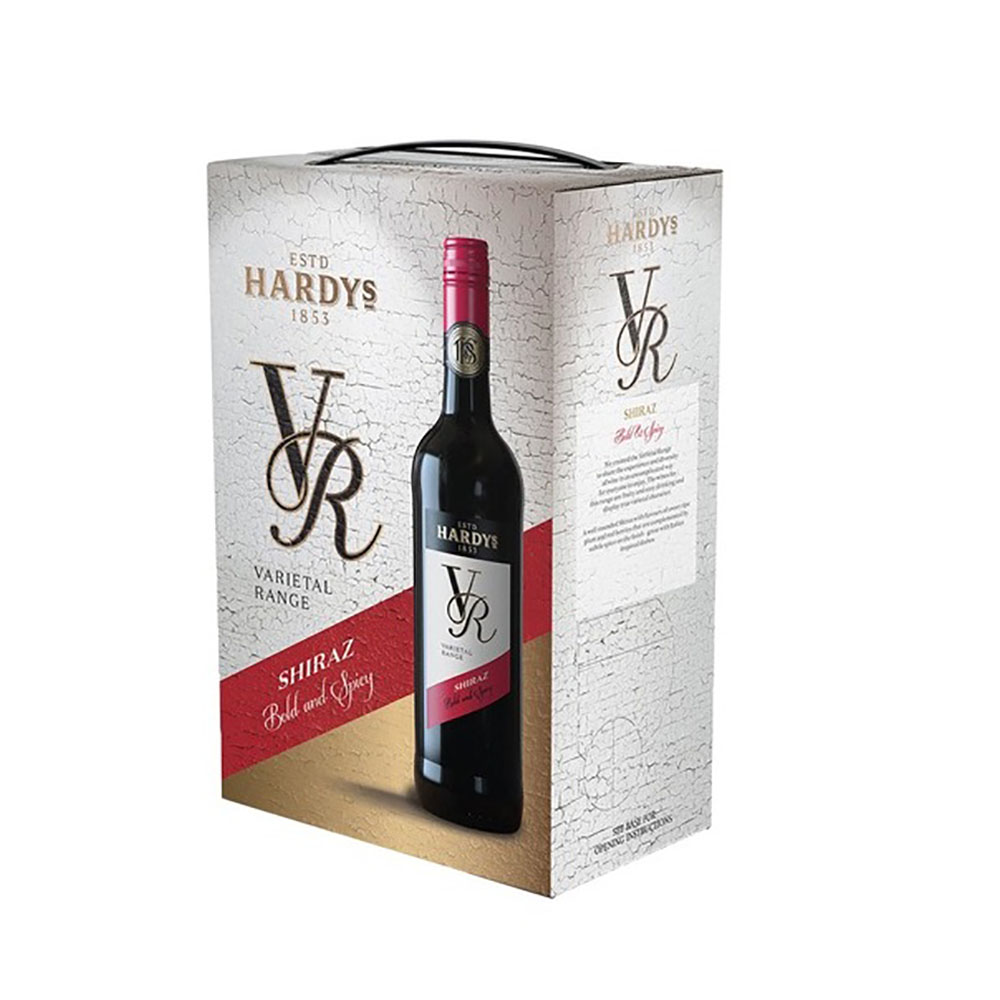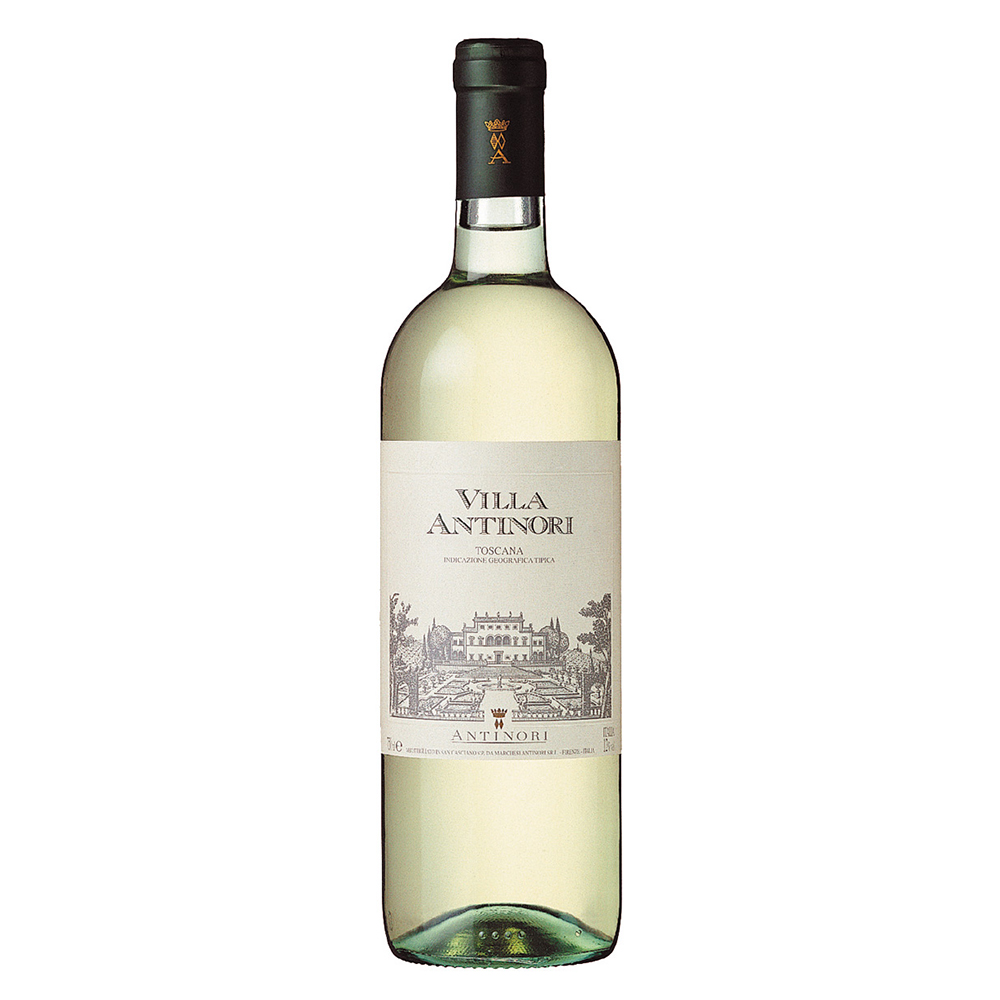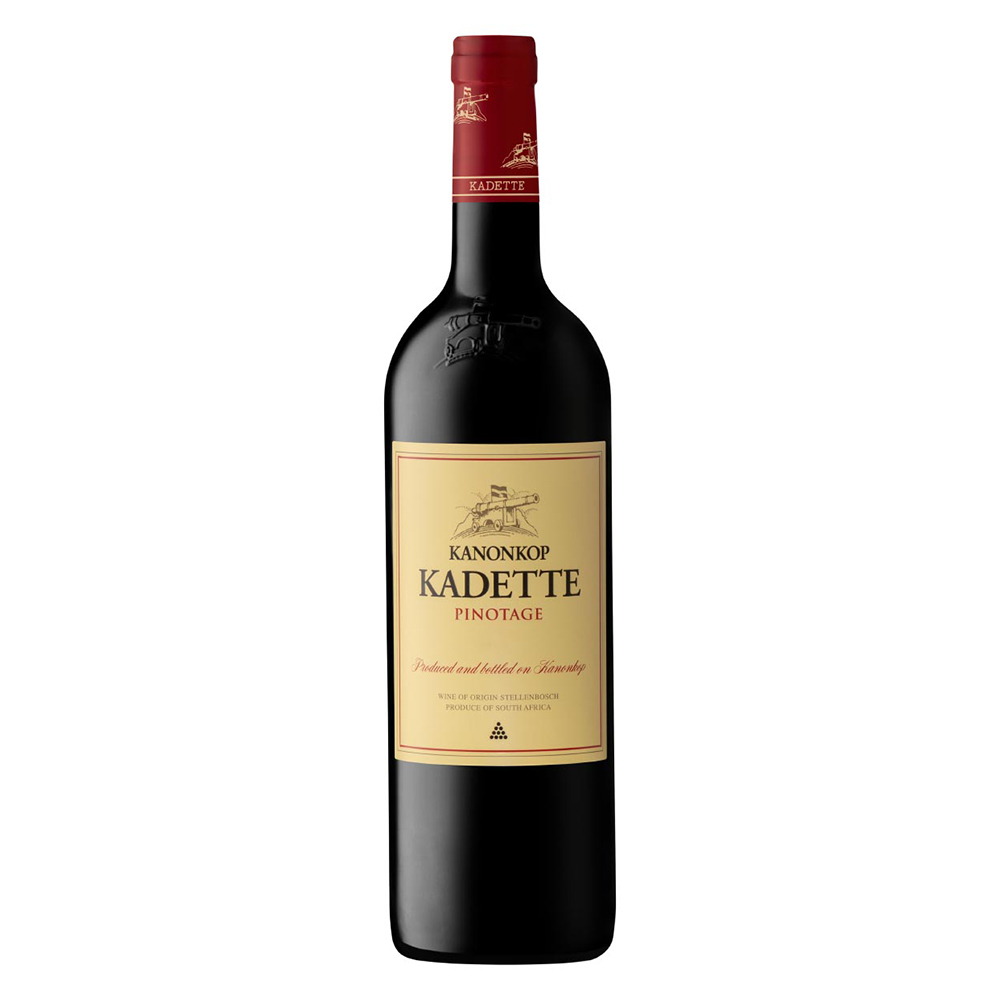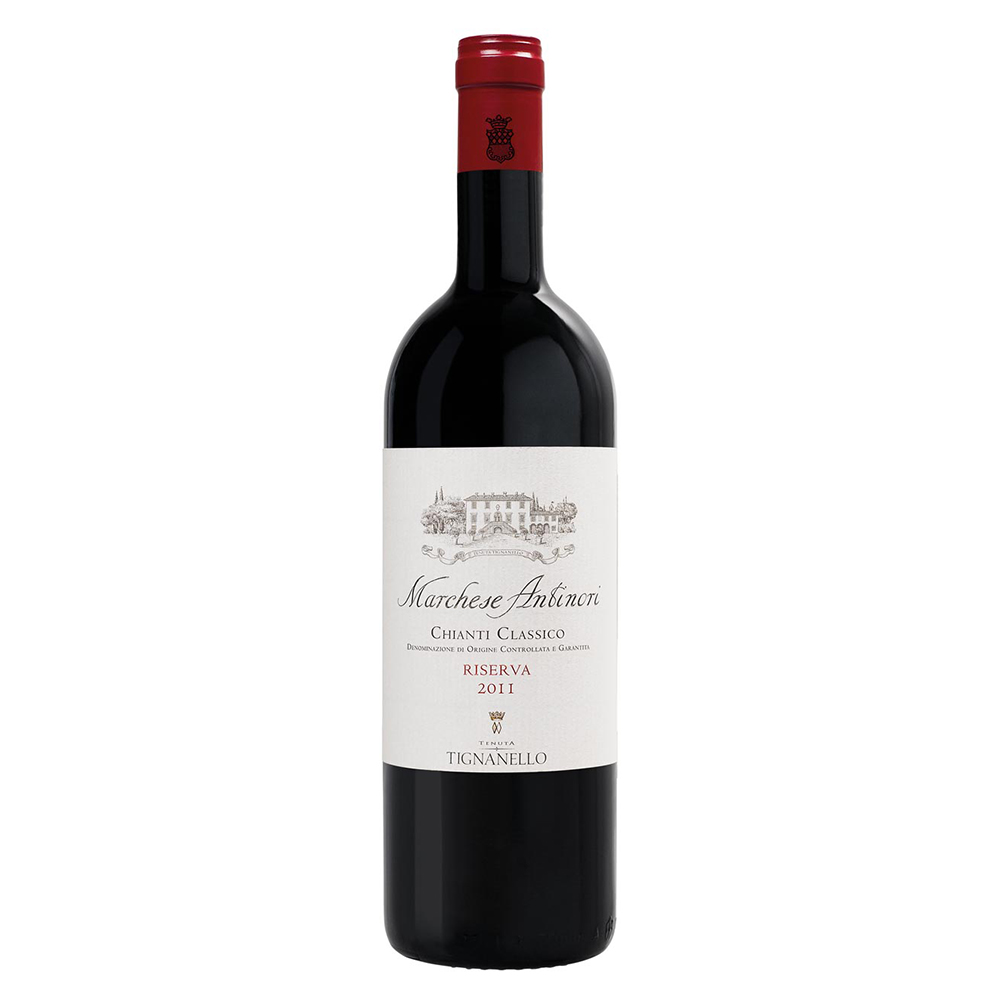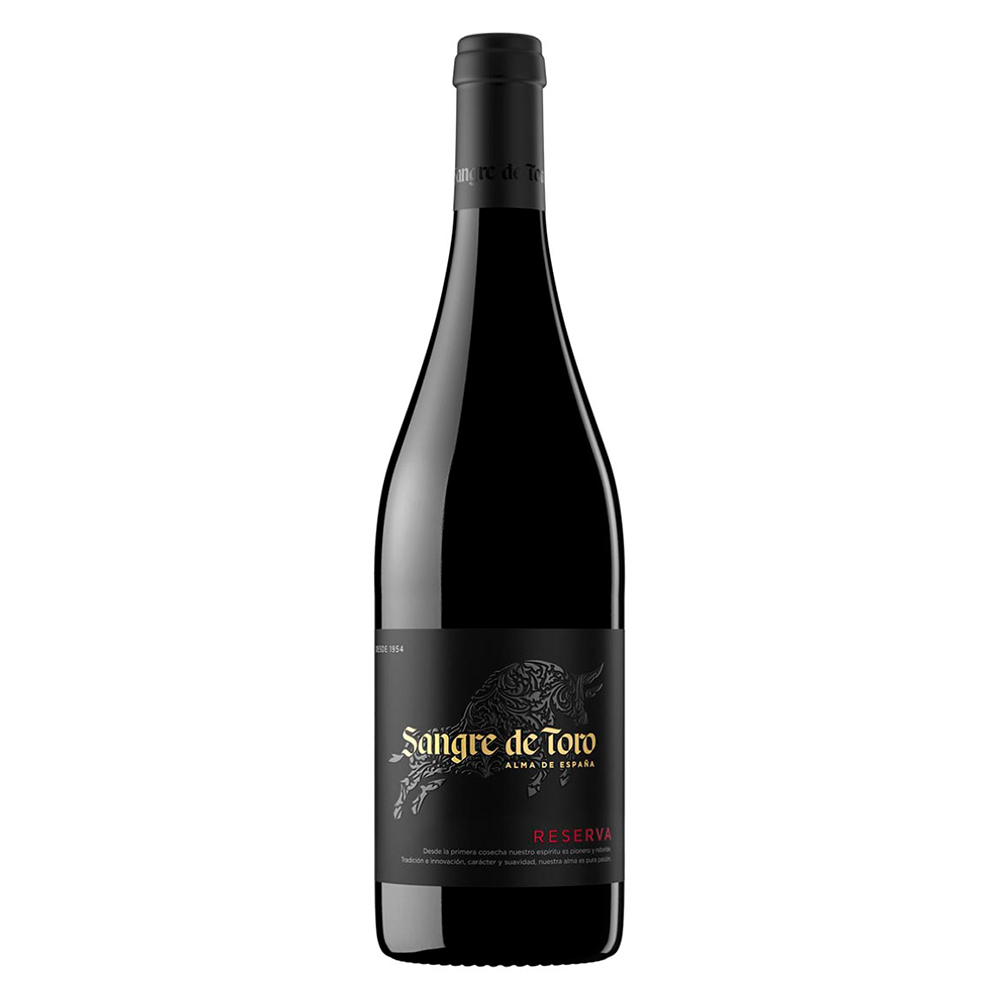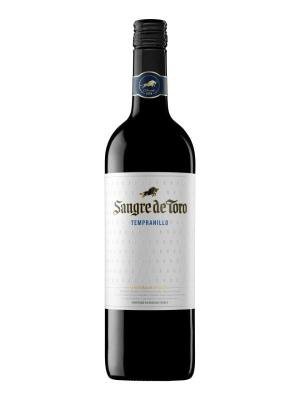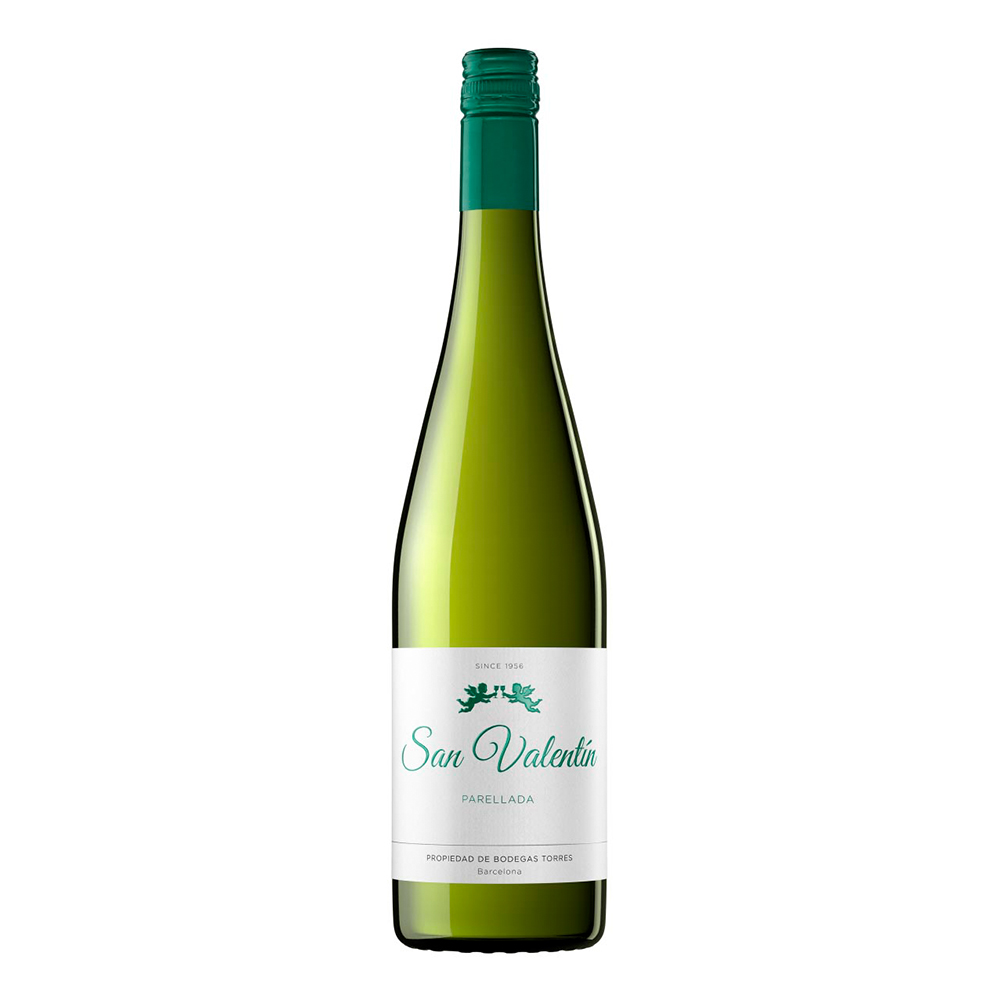Wine
Discover red wines, white wines and rosé wines in bottles and in the bag-in-box system. Buying guide
68 Products
Average rating of 5 out of 5 stars
0.75 Liter (€23.87* / 1 Liter)
incl. VAT plus shipping3 Liter (€6.98* / 1 Liter)
incl. VAT plus shipping3 Liter (€7.32* / 1 Liter)
incl. VAT plus shipping3 Liter (€7.50* / 1 Liter)
incl. VAT plus shippingAverage rating of 5 out of 5 stars
3 Liter (€6.83* / 1 Liter)
incl. VAT plus shipping3 Liter (€7.50* / 1 Liter)
incl. VAT plus shipping3 Liter (€6.32* / 1 Liter)
incl. VAT plus shipping3 Liter (€5.83* / 1 Liter)
incl. VAT plus shipping3 Liter (€7.17* / 1 Liter)
incl. VAT plus shipping0.75 Liter (€10.87* / 1 Liter)
incl. VAT plus shipping3 Liter (€6.50* / 1 Liter)
incl. VAT plus shipping0.75 Liter (€30.27* / 1 Liter)
incl. VAT plus shipping3 Liter (€6.50* / 1 Liter)
incl. VAT plus shipping3 Liter (€6.65* / 1 Liter)
incl. VAT plus shipping3 Liter (€5.98* / 1 Liter)
incl. VAT plus shipping3 Liter (€5.83* / 1 Liter)
incl. VAT plus shipping0.75 Liter (€11.33* / 1 Liter)
incl. VAT plus shipping3 Liter (€5.65* / 1 Liter)
incl. VAT plus shipping0.75 Liter (€22.53* / 1 Liter)
incl. VAT plus shipping0.75 Liter (€15.93* / 1 Liter)
incl. VAT plus shipping0.75 Liter (€14.00* / 1 Liter)
incl. VAT plus shipping0.75 Liter (€11.93* / 1 Liter)
incl. VAT plus shipping0.75 Liter (€12.67* / 1 Liter)
incl. VAT plus shipping0.75 Liter (€11.93* / 1 Liter)
incl. VAT plus shipping0.75 Liter (€12.67* / 1 Liter)
incl. VAT plus shipping0.75 Liter (€9.60* / 1 Liter)
incl. VAT plus shipping0.75 Liter (€15.33* / 1 Liter)
incl. VAT plus shipping3 Liter (€5.98* / 1 Liter)
incl. VAT plus shipping0.75 Liter (€28.67* / 1 Liter)
incl. VAT plus shipping0.75 Liter (€19.00* / 1 Liter)
incl. VAT plus shipping3 Liter (€4.32* / 1 Liter)
incl. VAT plus shipping0.75 Liter (€10.60* / 1 Liter)
incl. VAT plus shipping0.75 Liter (€16.67* / 1 Liter)
incl. VAT plus shipping0.75 Liter (€11.93* / 1 Liter)
incl. VAT plus shipping3 Liter (€5.98* / 1 Liter)
incl. VAT plus shipping0.75 Liter (€9.60* / 1 Liter)
incl. VAT plus shipping0.75 Liter (€14.60* / 1 Liter)
incl. VAT plus shipping0.75 Liter (€22.00* / 1 Liter)
incl. VAT plus shipping3 Liter (€8.17* / 1 Liter)
incl. VAT plus shipping0.75 Liter (€10.60* / 1 Liter)
incl. VAT plus shipping0.75 Liter (€18.00* / 1 Liter)
incl. VAT plus shipping0.75 Liter (€42.60* / 1 Liter)
incl. VAT plus shippingAverage rating of 5 out of 5 stars
0.75 Liter (€13.27* / 1 Liter)
incl. VAT plus shipping0.75 Liter (€14.53* / 1 Liter)
incl. VAT plus shipping0.75 Liter (€13.27* / 1 Liter)
incl. VAT plus shipping0.75 Liter (€14.00* / 1 Liter)
incl. VAT plus shipping0.75 Liter (€11.93* / 1 Liter)
incl. VAT plus shippingBuying guide: Wine
Wine is an alcoholic beverage produced by the fermentation of grape juice. The art of winemaking, also known as oenology, has a tradition dating back thousands of years to ancient times. Wines are produced in many regions of the world and vary greatly in taste, color and style, depending on the grapes used, cultivation methods and winemaking techniques.
The most important components of wine are water, alcohol, sugar, acids, phenols and aromas. These components are produced by the natural fermentation process in which yeasts convert the sugar in the grape juice into alcohol and carbon dioxide. The variety of wines ranges from dry, sparkling white wines to full-bodied, complex red wines and sweet, aromatic dessert wines.
Differences between red wine, rosé wine and white wine
Red wine
Red wine is made from dark-skinned grapes. The skins remain in contact with the juice during fermentation, which gives the wine its deep color and tannins. Tannins are natural compounds that affect the wine's structure and flavor by giving it a certain dryness and astringency. Typical aromas of red wines include berry fruits, spices, chocolate and sometimes even tobacco or leather.
Rosé wine
Rosé wine is produced by a shorter maceration of the grape skins in the juice, which gives it its characteristic pink color. These wines can be made from red grapes or a blend of red and white grapes. Rosé wines are often lighter and fresher than red wines and show aromas of red fruits, citrus and sometimes floral notes. They are ideal for warm days and go well with lighter dishes.
White wine
White wine is mainly made from light-skinned grapes, with the skins quickly removed to ensure a light color. White wines are generally more acidic and fresher than red wines. They display a variety of aromas, from citrus and green apples to tropical fruits and honey. White wines can range from dry to sweet and are excellent with fish, poultry and vegetarian dishes.
Differences in wines from Europe
France
France is known worldwide for its prestigious wines from regions such as Bordeaux, Burgundy and Champagne. Bordeaux produces some of the most expensive and sought-after red wines in the world, often made from Cabernet Sauvignon, Merlot and Cabernet Franc. Burgundy is famous for its Pinot Noir and Chardonnay wines, which are complex and terroir-driven. Champagne, in the north of France, is home to the world-famous sparkling wines.
Italy
Italy offers an incredible variety of wines, which vary greatly from region to region. Tuscany produces some of the best red wines in Italy, such as Chianti and Brunello di Montalcino. Piedmont is known for its Barolo and Barbaresco wines made from the Nebbiolo grape. Southern Italian regions such as Sicily and Puglia are increasingly producing high-quality wines that are gaining international recognition.
Spain
Spain is famous for its powerful red wines from regions such as Rioja and Ribera del Duero. Tempranillo is the main grape in these wines, which are often aged in oak barrels to develop complex flavors and a silky texture. Spanish cava, a sparkling wine produced using the traditional method, offers a cheaper alternative to champagne.
Germany
Germany is known for its outstanding white wines, especially Riesling. These wines are famous for their pronounced acidity, mineral notes and ability to master both dry and sweet styles. Regions such as Mosel, Rheingau and Pfalz are leaders in the production of high-quality Riesling wines.
The bag-in-box system for wines
The bag-in-box system, also known as BiB, is a packaging method for wine that is becoming increasingly popular. It consists of a flexible container packed in a sturdy cardboard box. This system offers several advantages and some disadvantages, which are explained below:
Advantages
- Longer shelf life: The bag-in-box system protects the wine from oxidation as the bag contracts when the wine is removed. This keeps the wine fresh for up to six weeks after opening.
- Practical and lightweight: The box is lighter and more shatterproof than glass bottles, making it easier to transport and store. It is ideal for picnics, parties and other events.
- Environmentally friendly: The packaging requires less energy for production and transportation than glass bottles and is fully recyclable.
- Cost-effective: Bag-in-box wines are often cheaper per liter than bottled wines, as the packaging costs are lower.
Disadvantages
- Limited selection: High-quality and prestigious wines are rarely available in Bag-in-Box, as the system is mainly used for everyday wines.
- Aesthetics: Many people prefer the traditional glass bottle as it is more aesthetically pleasing and more suitable for special occasions.
Our recommendations: Bag in Box Wines
Red wine: Lindemans Shiraz red dry
The story of one of Australia's oldest wineries begins in 1843 in the Hunter Valley in New South Wales: Dr. Henry Lindeman planted the first vines on his property in Cawarra. Cawarra wines began their long journey to Europe as early as 1858. Today, Lindeman's wines are appreciated worldwide for their high quality. This is demonstrated by numerous national and international awards each year. Lindeman's has been growing and producing wine in the southern states of Australia for 170 years. Known for its consistency and quality from the selection of the best parcels to exceptional value for money. Aromas of berries, plums, spices and vanilla rise to the nose. Medium to full-bodied on the palate. It has a slightly sweetish oak aroma and a soft, generous finish.
Rosé wine: Domaine Montrose Rosé
Rosé is the emblematic wine of the Coste family: Winegrowers in search of elegance, a predestined name, continuous efforts to improve quality. The grape variety includes Grenache. The wine is a dry wine and has a light pink color. Red berries and citrus aromas are present here. This is an elegant wine that combines roundness and freshness.
White wine: Leitz Riesling Rheinhessen dry
On the nose, this Riesling presents itself with exotic fruit fullness. It is very fresh and crisp on the palate and has a dry finish. Nuances of peach and apricot are added. The finely integrated, lively acidity is accentuated by ripe apple and pear notes and subtle lychee. Due to its freshness and presence, this Riesling appears almost developed, but can certainly be seen as a beginner in our Riesling world.
Our recommendations: Bottled wines
Rosé wine: Miraval Rosé
Tucked away in its own private valley in the village of Correns, Château Miraval stretches over 1200 hectares in the heart of Provence. The Château is situated in a cirque surrounded by ancient forests, olive trees, vineyards and with a generous water supply. A rich fauna, together with the beautiful Provençal climate, create an enchanting natural oasis here. At an altitude of 350 meters, the vines here enjoy warm, sunny days and cool nights, bringing freshness and balance to their wines. The nose reveals a fantastic bouquet with delicate aromas of white fruits, freshly picked strawberries and delicate floral notes. The mouth is complex with hints of raspberry and wild strawberry complementing a touch of wild herbs, citrus and wet stone flavors. It has a refreshing acidity (thanks to the altitude) and a round, long and lively finish. Grape variety: Cinsault and others.
White wine: Bottega Pinot Grigio, dry
Distilleria Bottega was founded in Pianzano di Godega (Treviso) in 1977. Bottega has its headquarters in the Veneto region of Bibano di Godega, between the Venice lagoon and the Dolomites. The Bottega Pinot Grigio Igt delle Venezie is a dry wine with pleasant fruity aromas.
Frequently asked questions (FAQ)
What is the Bag in Box system?
The bag-in-box system is a packaging method for wine in which the wine is packed in a flexible container that is placed in a sturdy cardboard box. This packaging protects the wine from oxidation and keeps it fresh for longer after opening.
Which red wine goes well with food?
A full-bodied red wine like Lindemans Shiraz is an excellent accompaniment to grilled meat, hearty stews and mature cheese.
Which rosé wine goes well with food?
An elegant rosé wine such as Domaine Montrose Rosé is an excellent accompaniment to light starters, salads and fish dishes.
Which white wine goes well with food?
A fresh white wine like the Leitz Riesling goes well with poultry, fish and vegetarian dishes.
How do red wine, white wine and rosé wine differ in taste?
Red wines are often stronger and have aromas of dark fruits and spices. White wines are fresher and often have citrus and fruity notes. Rosé wines are somewhere between red and white wines in terms of taste and often have aromas of red fruits and citrus.
What is the difference between dry and semi-dry wines?
Dry wines contain less residual sugar and taste less sweet than semi-dry wines, which have a higher residual sugar content.
How long does wine keep?
Unopened wines can keep for several years, depending on the variety and storage. Opened wines should be consumed within a few days to weeks, depending on the variety and storage.
How long does wine stay fresh in the Bag-in-Box system?
Wine in the bag-in-box system stays fresh for up to six weeks after opening, as the bag protects the wine from air.
How should red wine be stored?
Red wine should be stored in a cool, dark place at a constant temperature, ideally at around 12-16 degrees Celsius. Once a bottle of red wine has been opened, it should be consumed within 3-5 days. The opened wine should be resealed with a cork or a special wine stopper and stored in the refrigerator.
Which glass do I use for white wine?
For white wine, a smaller glass with a narrower rim is typically used to concentrate the aromas and preserve freshness.
Which glass do I use for red wine?
Red wine is served in a larger glass with a wider rim to allow the aromas to develop better and to encourage the wine to breathe.
What does the year on a bottle of wine mean?
The year on a bottle of wine, also known as the vintage year, indicates the year in which the grapes were harvested. The vintage can provide information about the climatic conditions and the quality of the wine.


